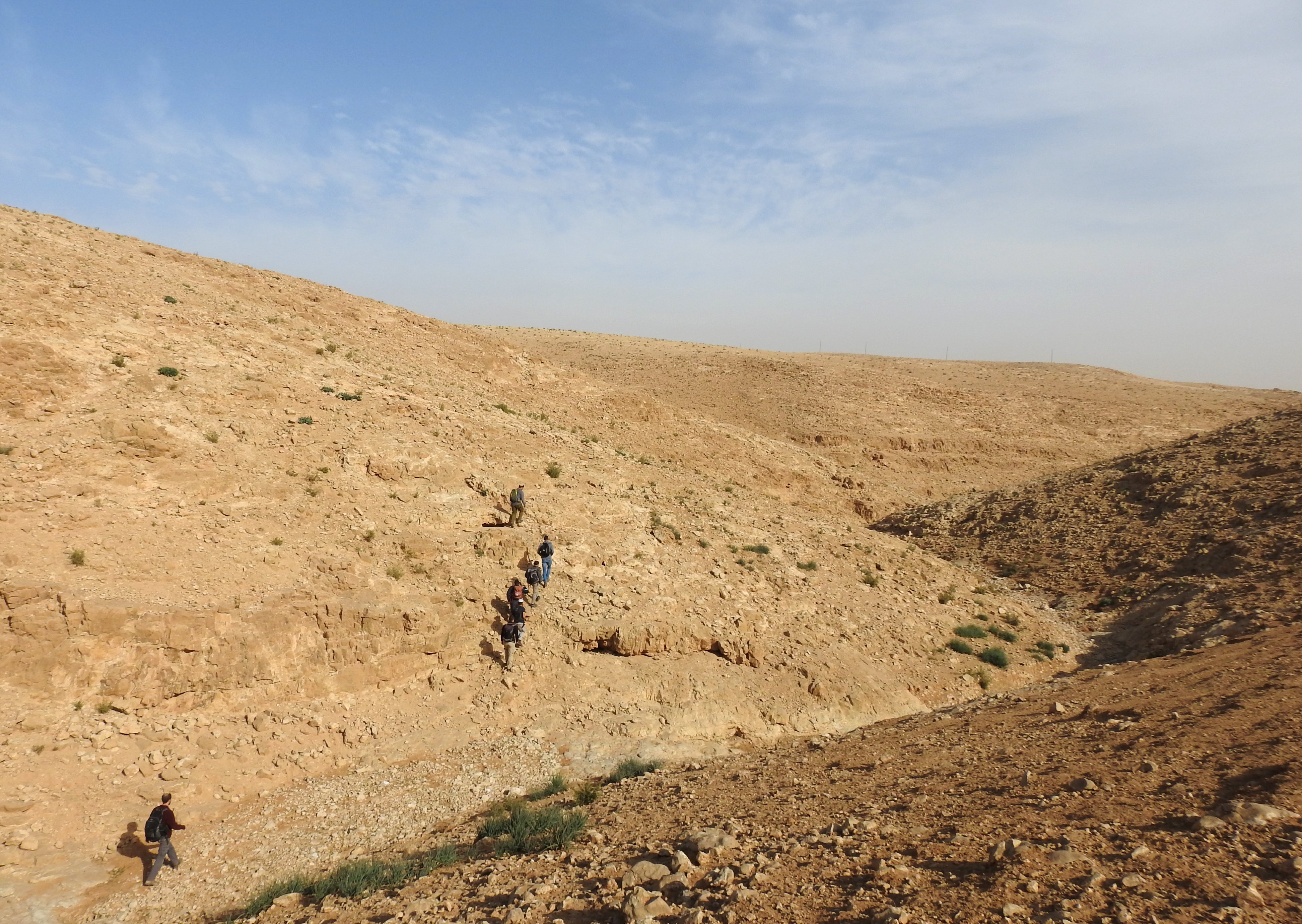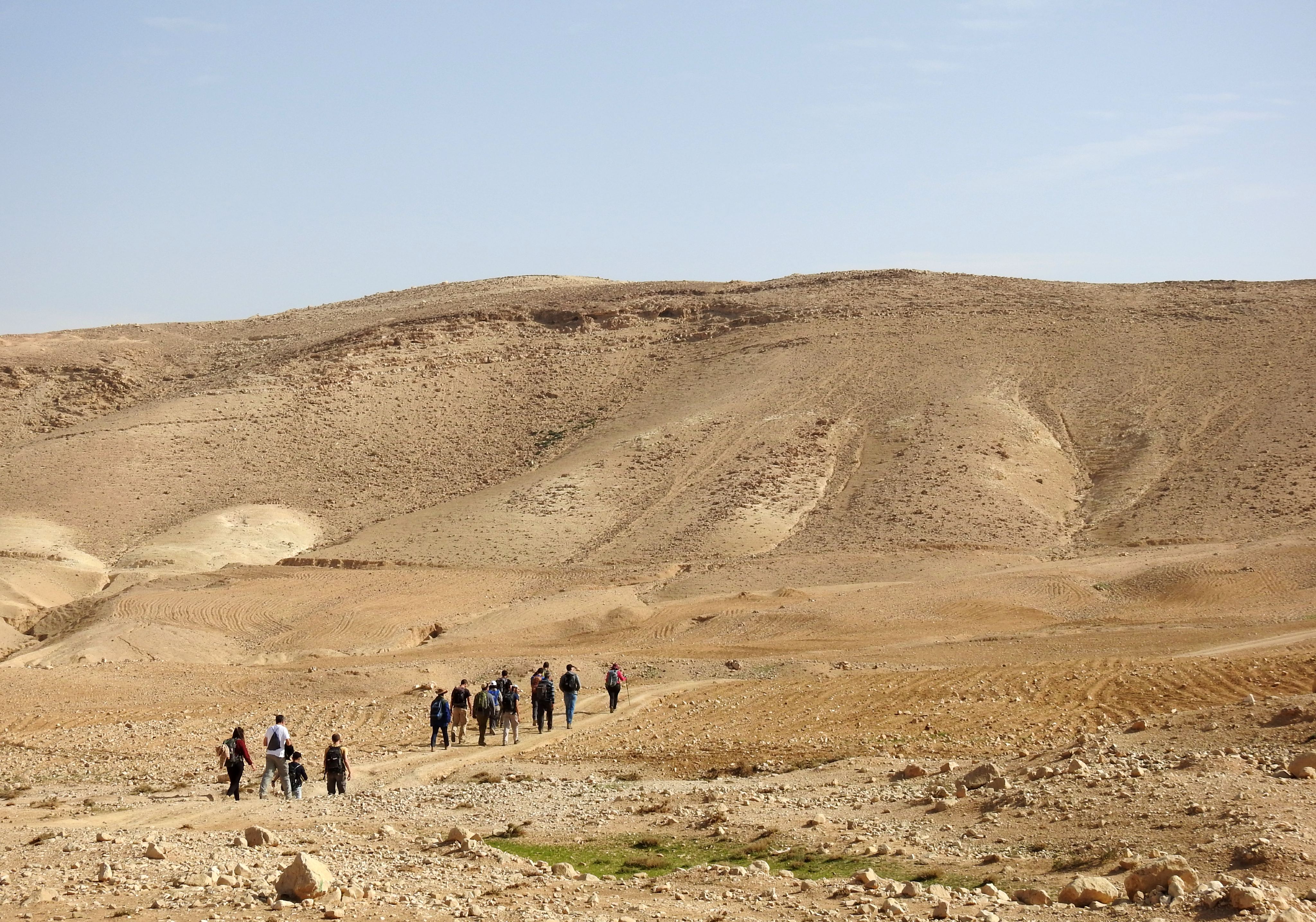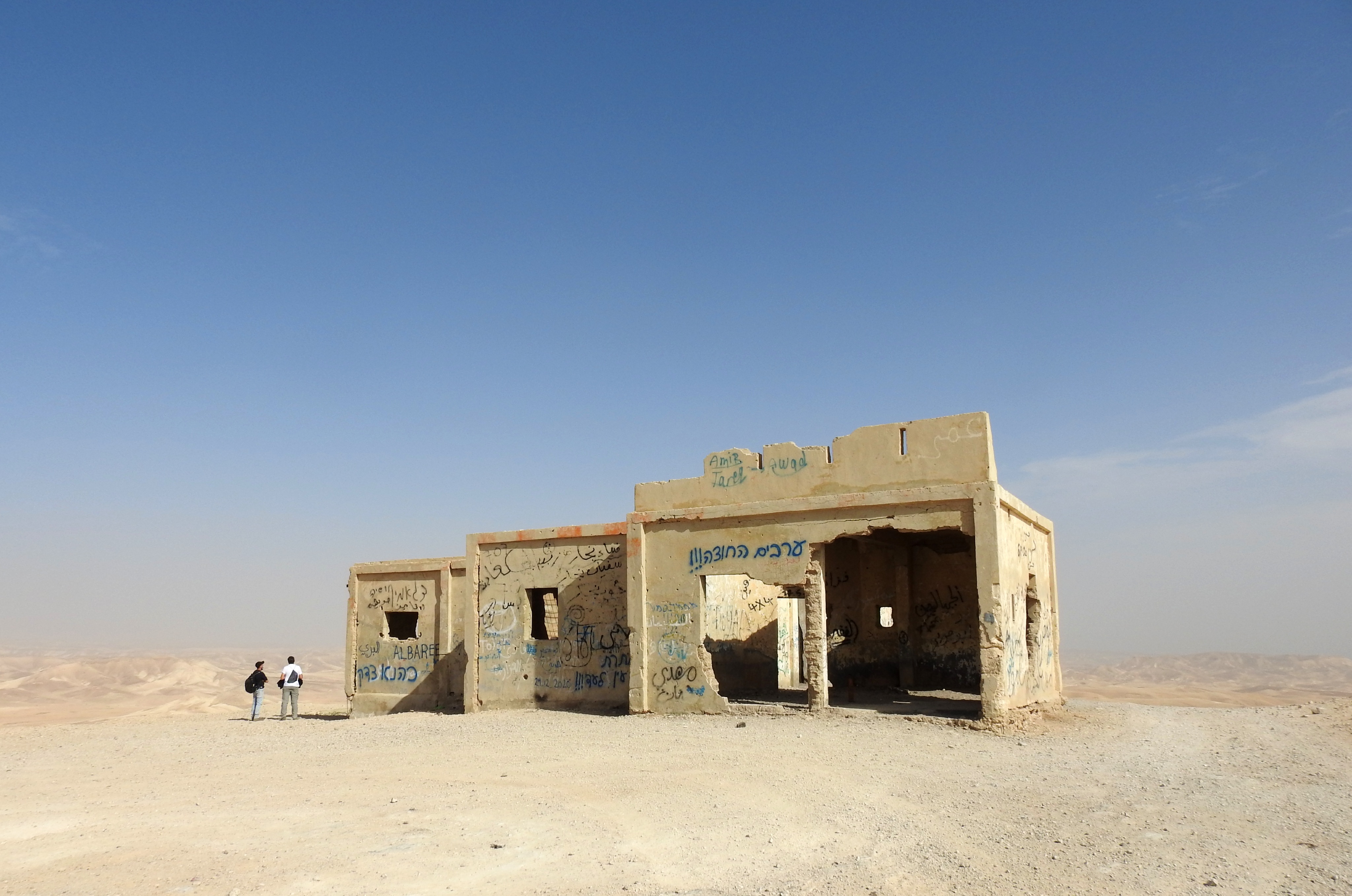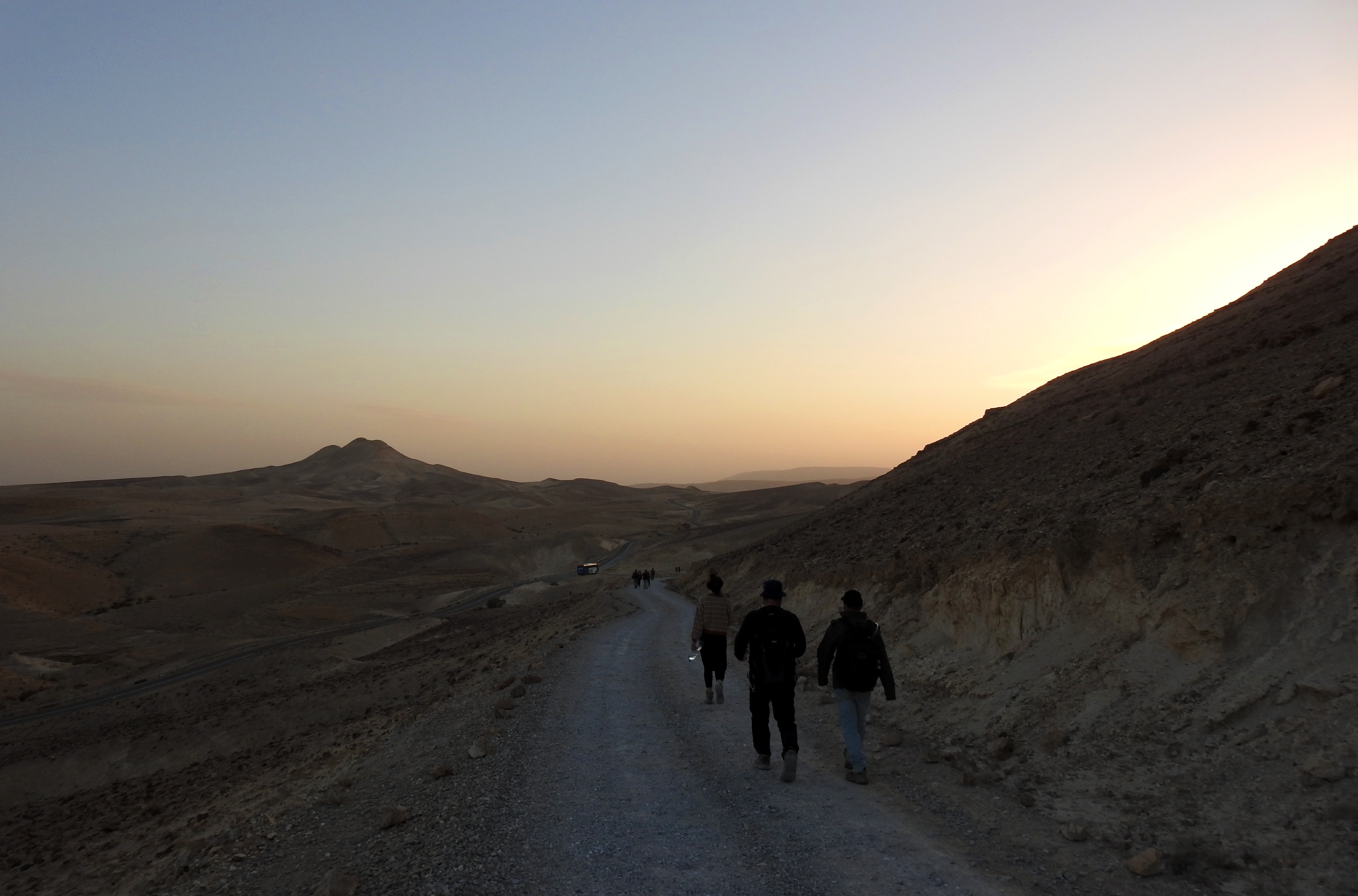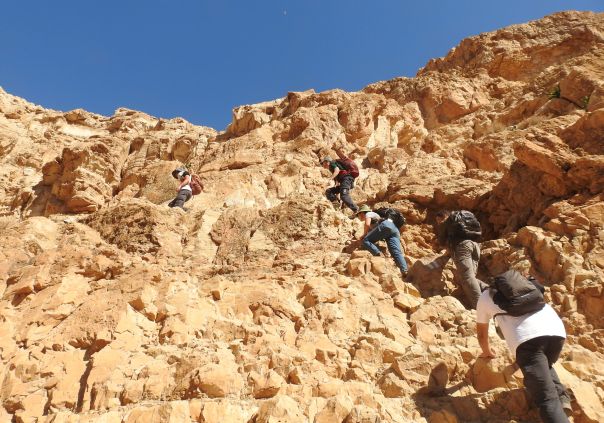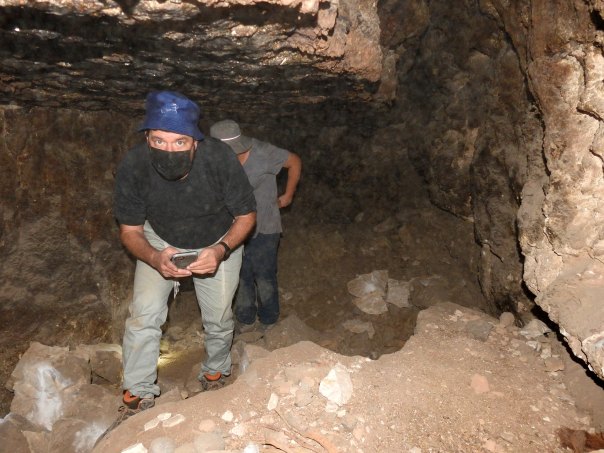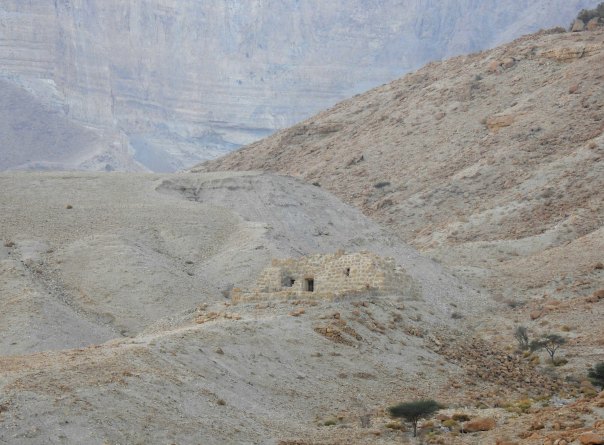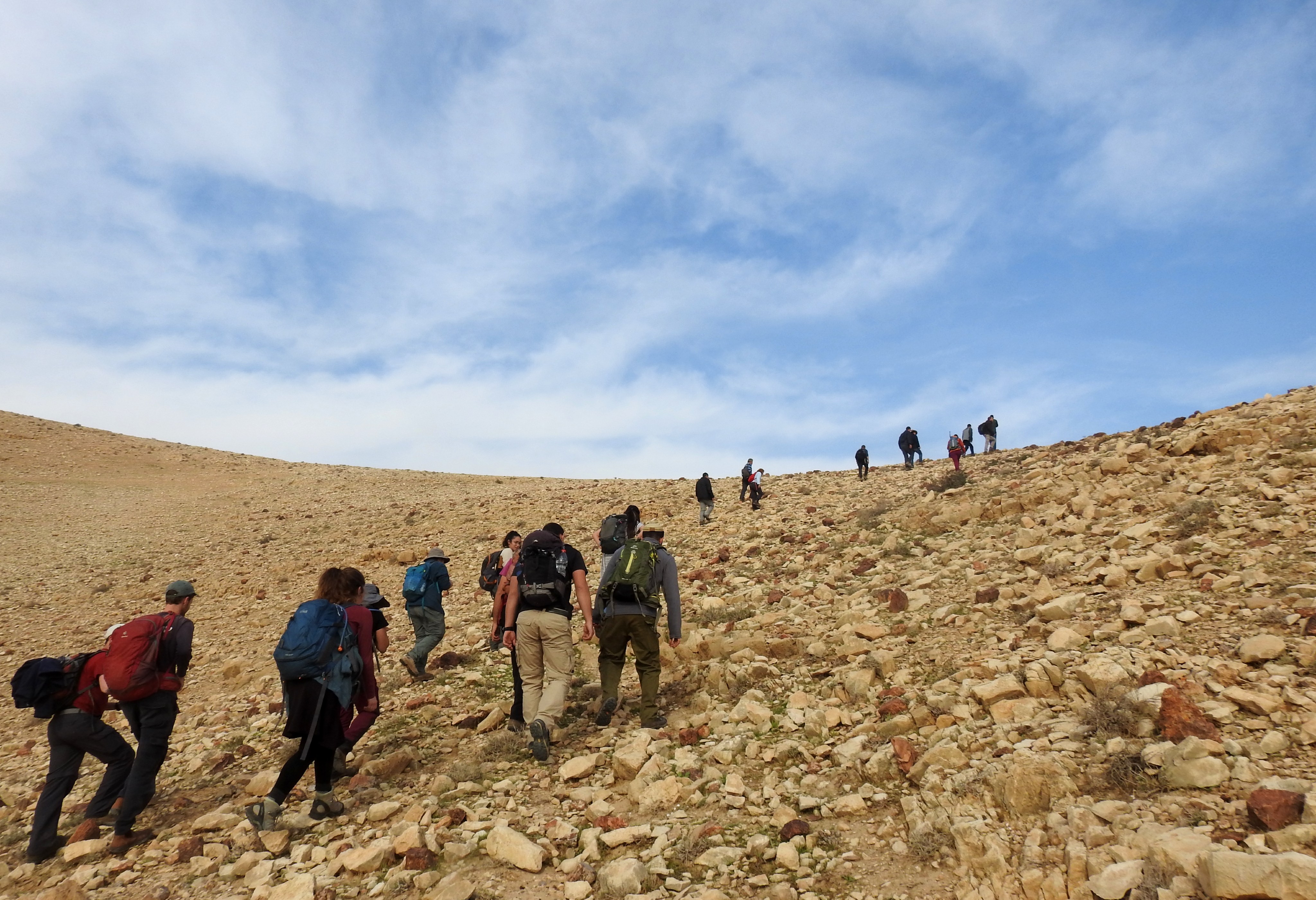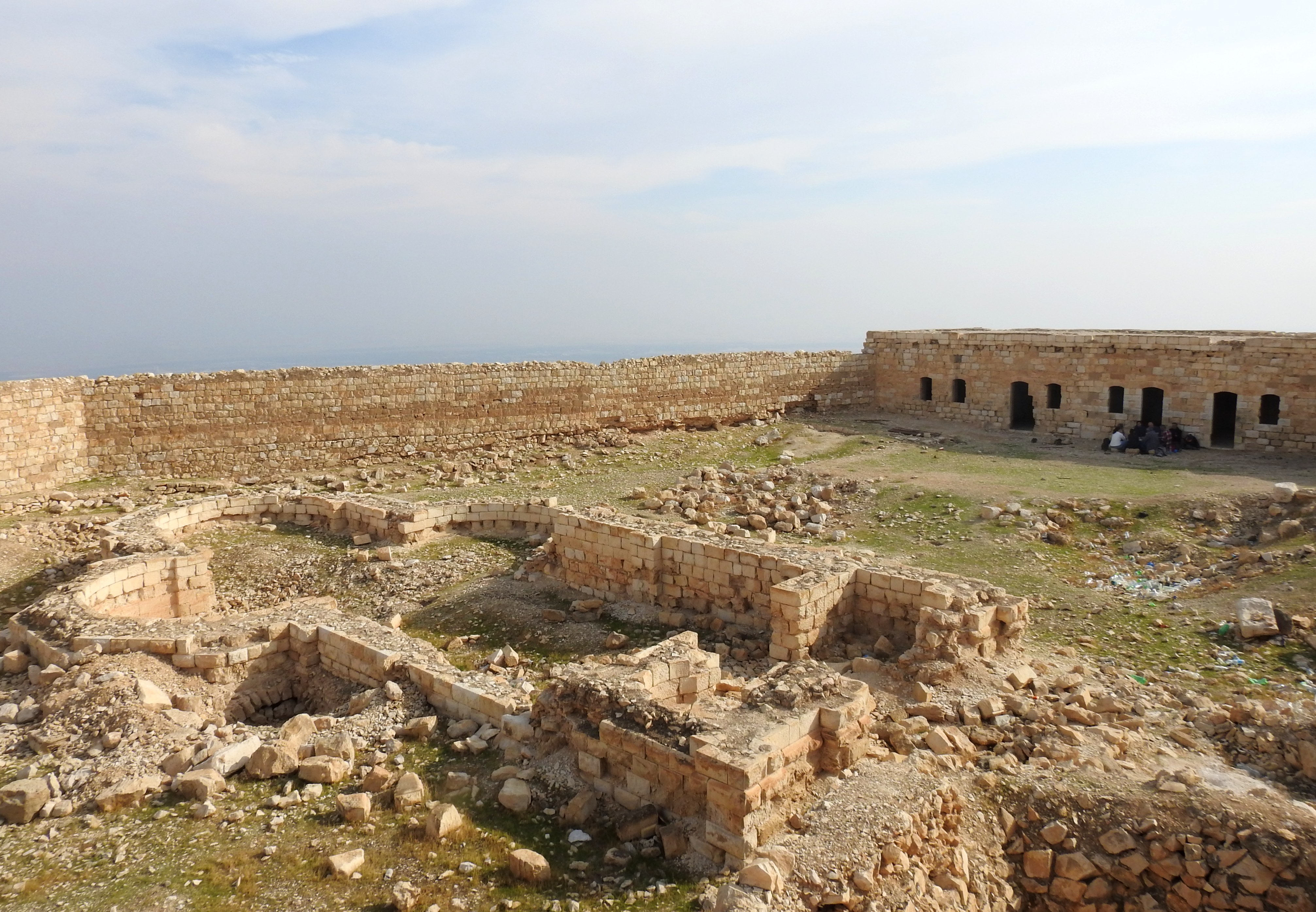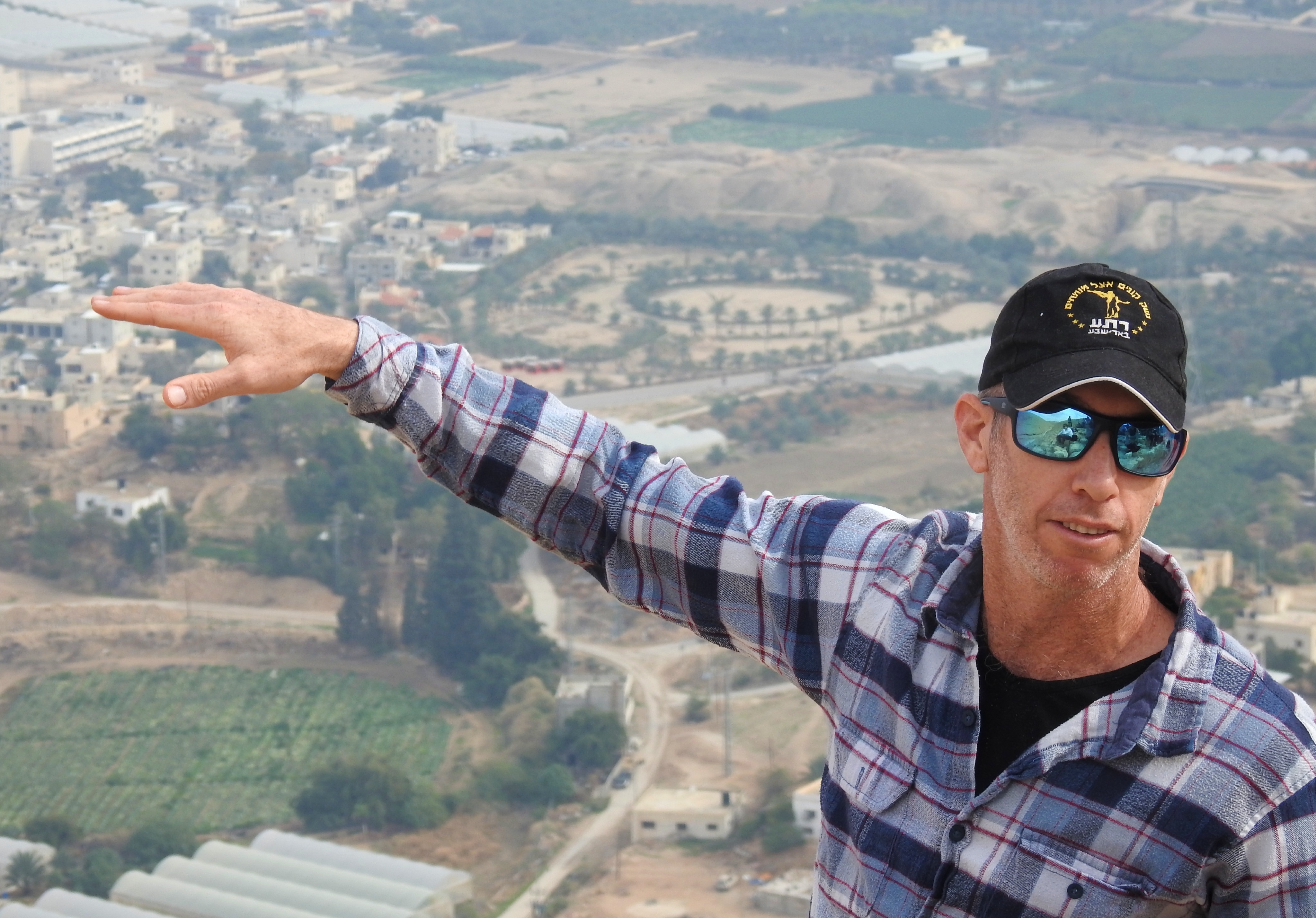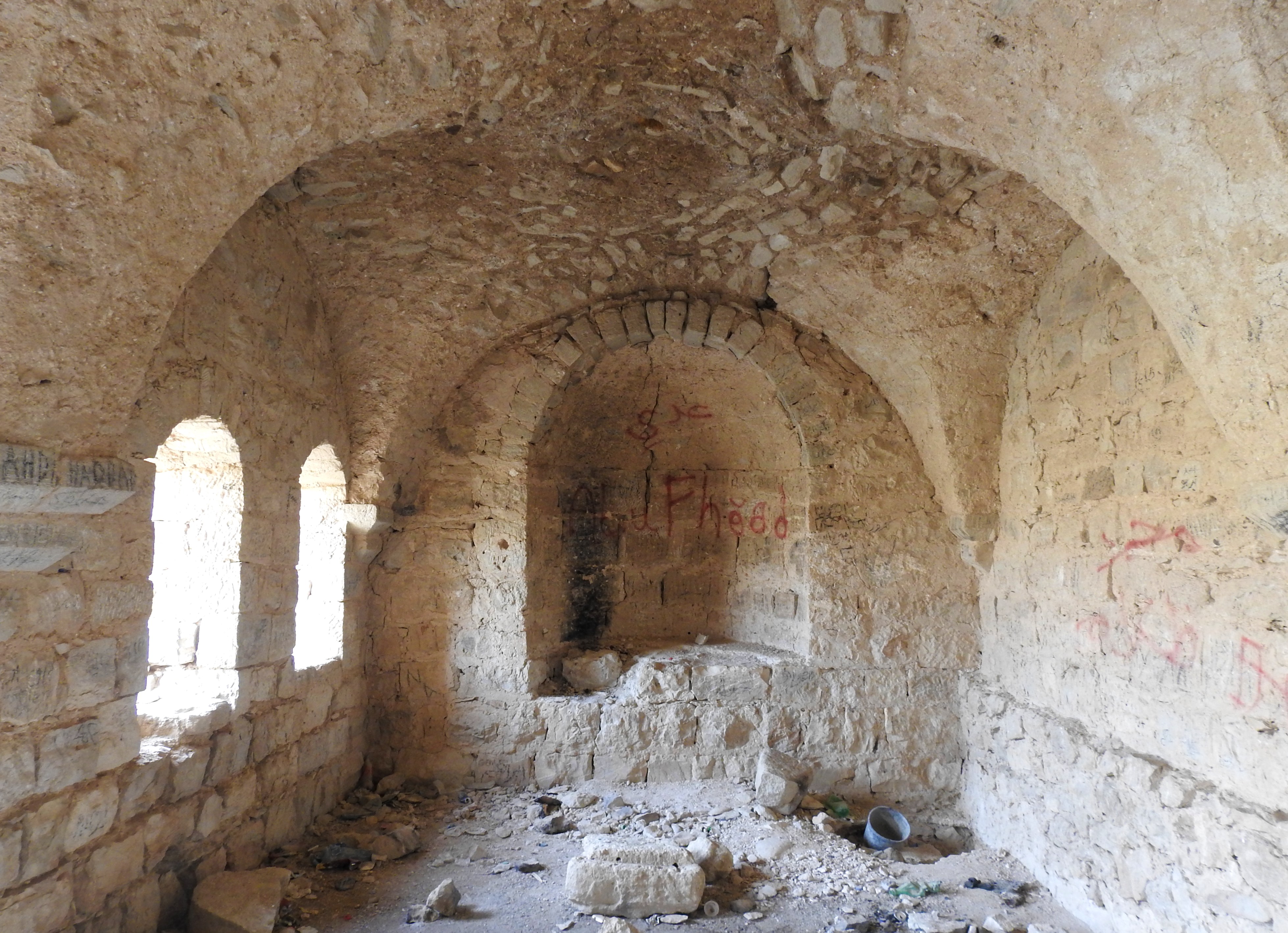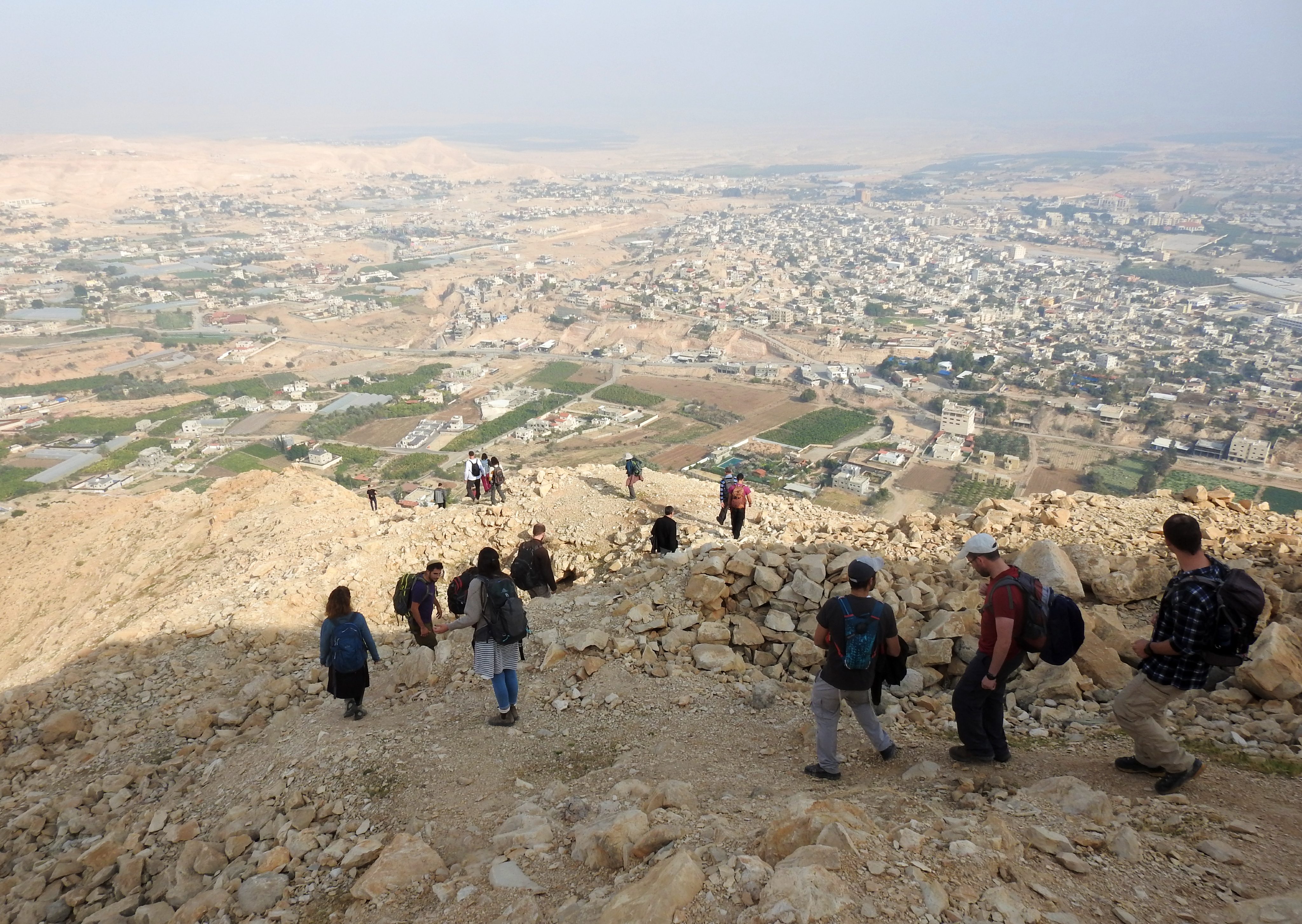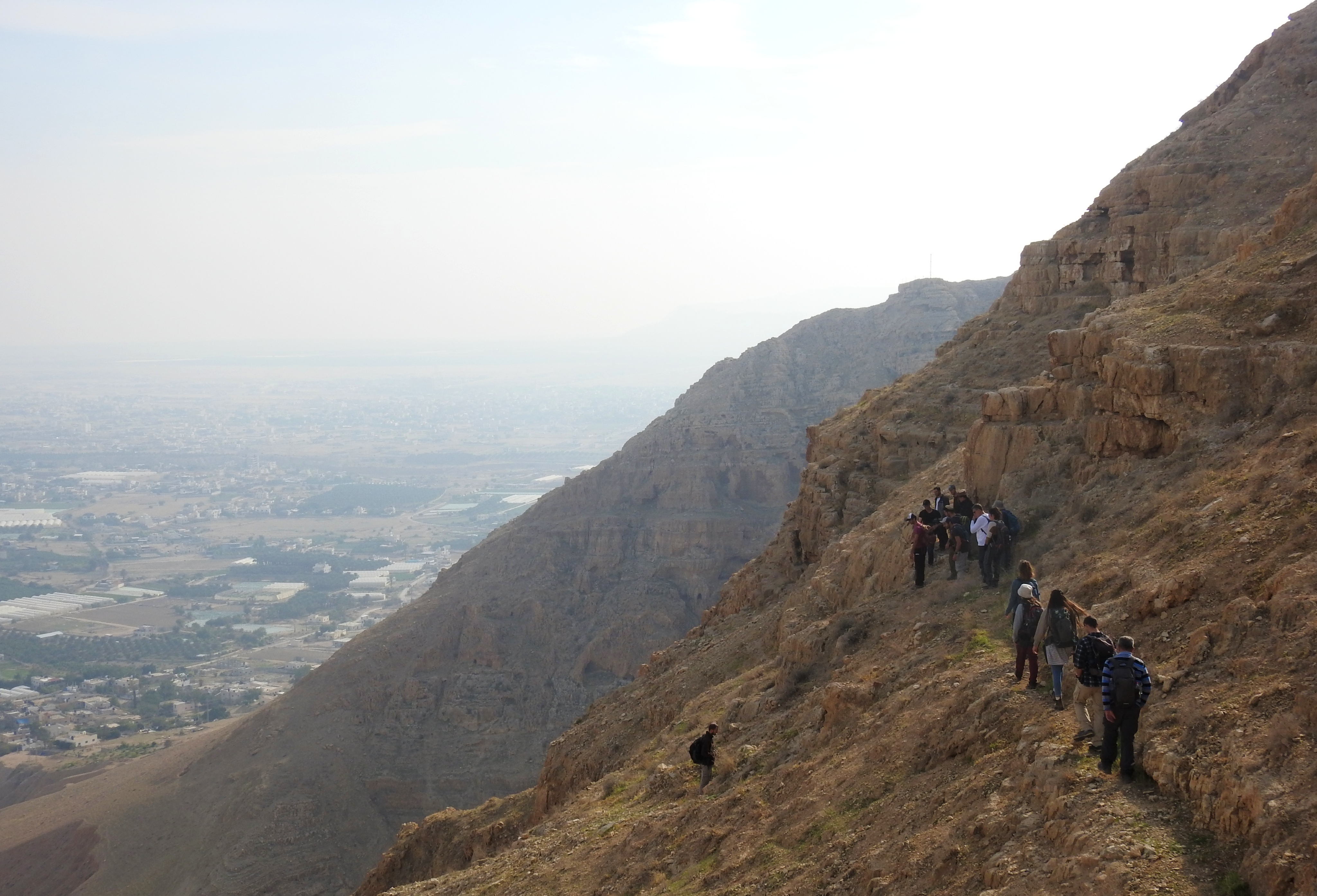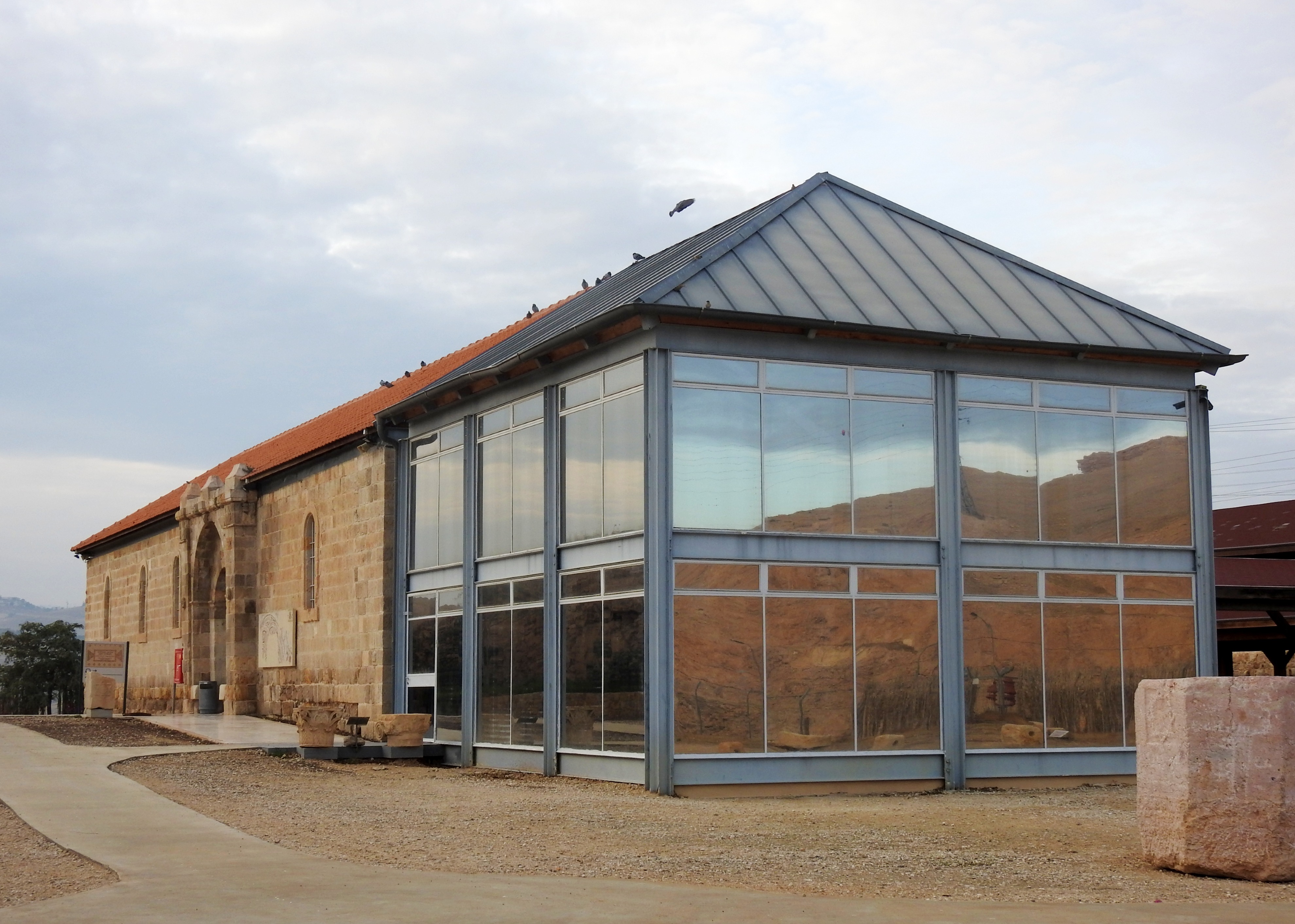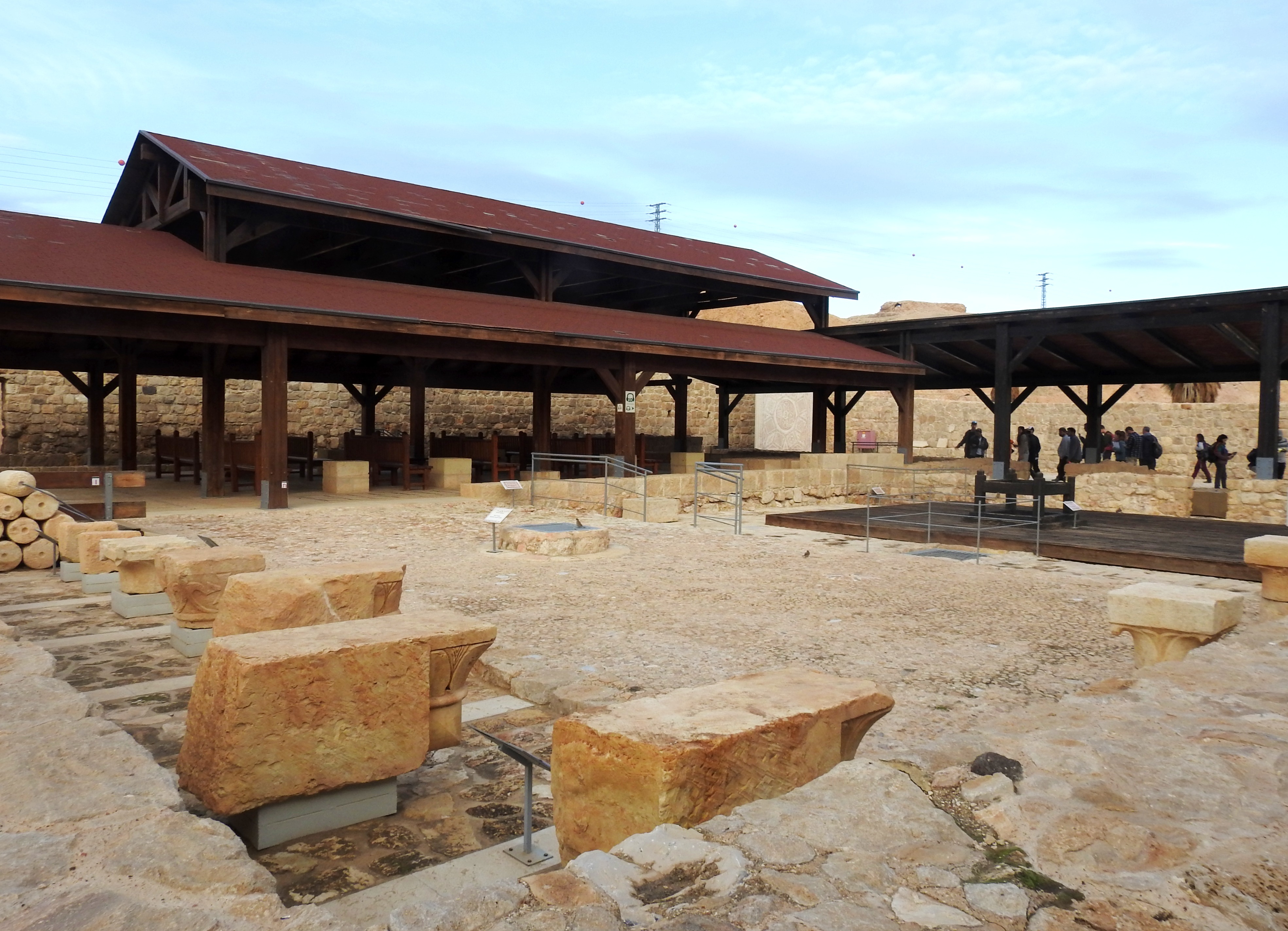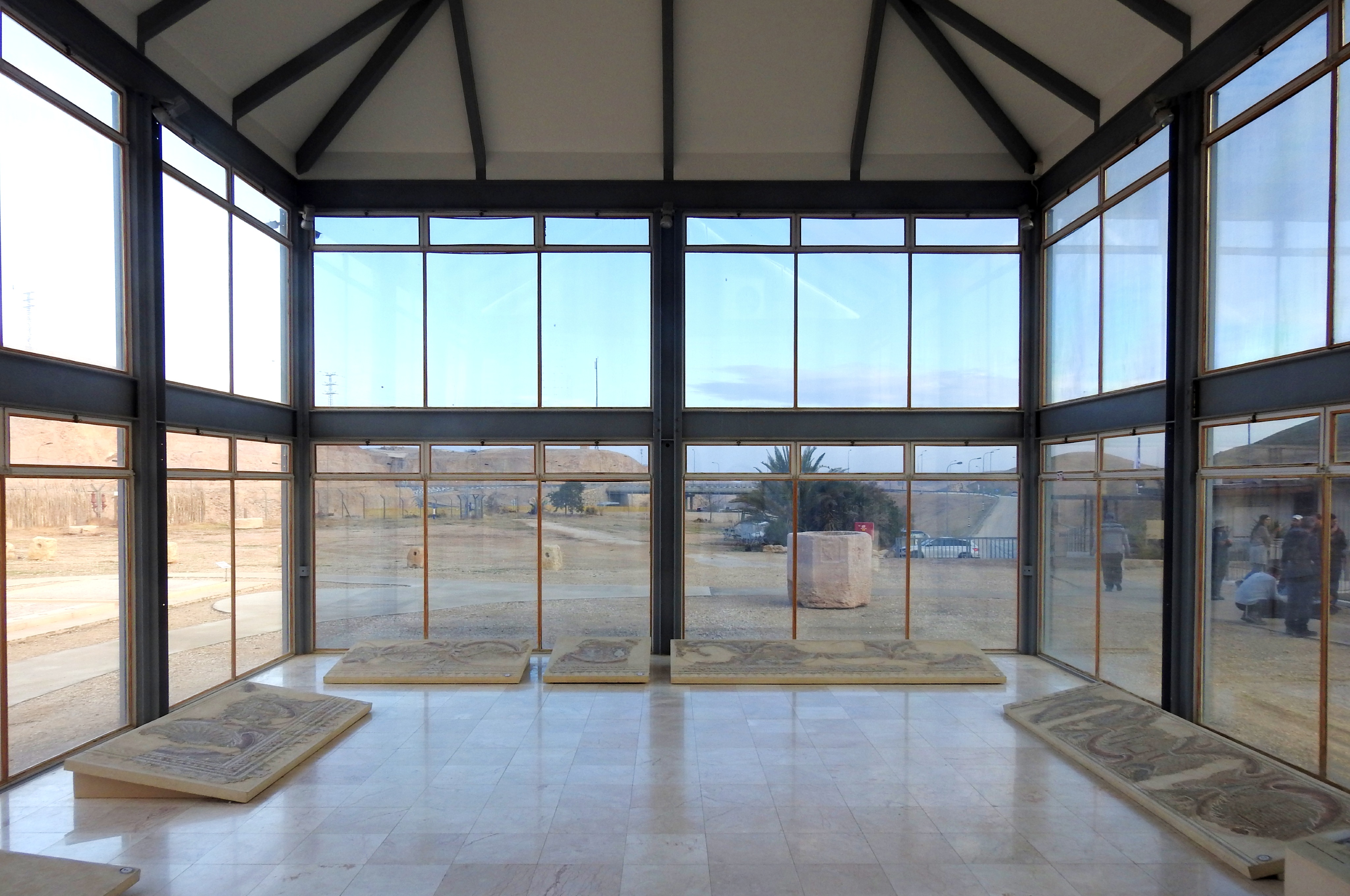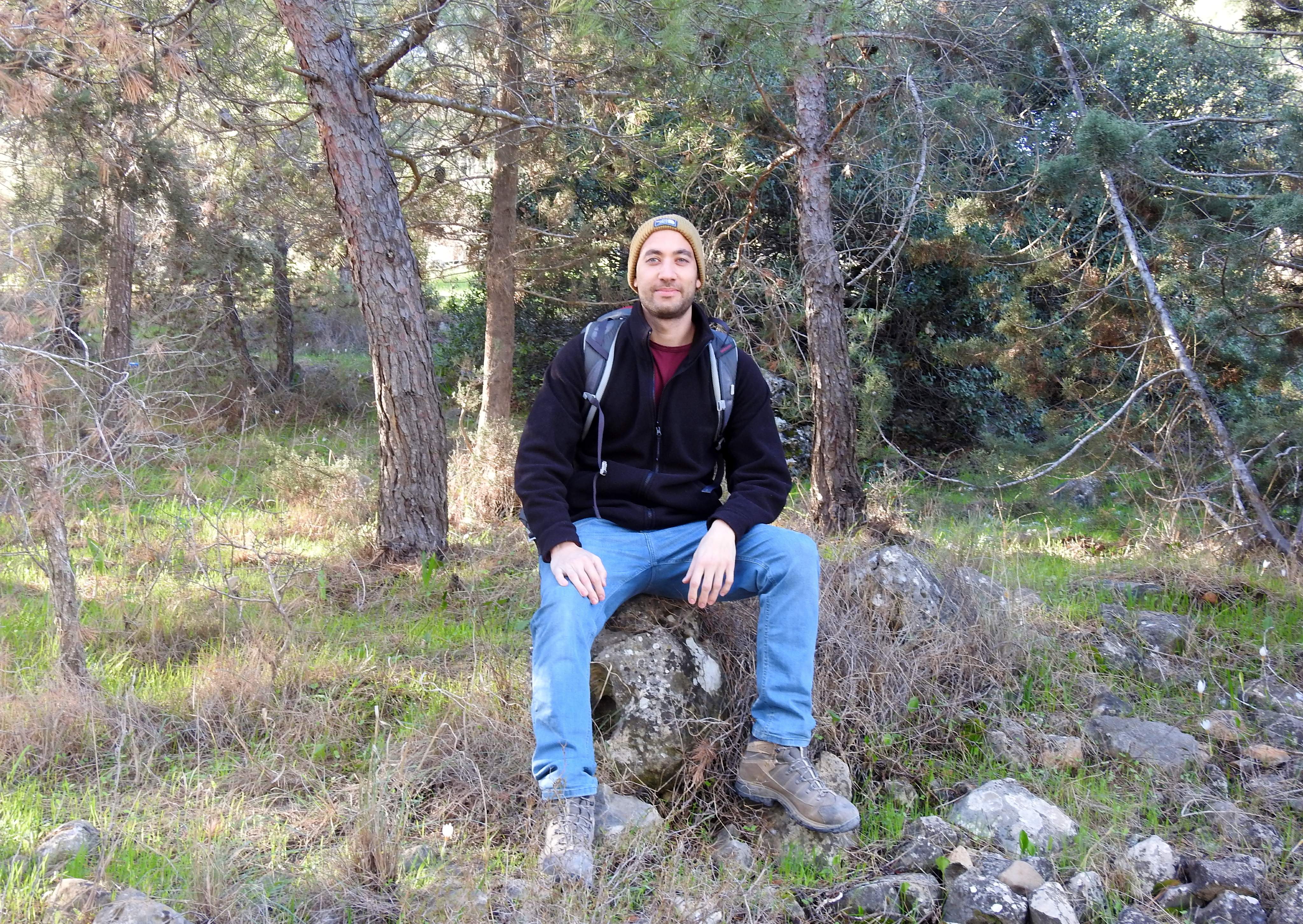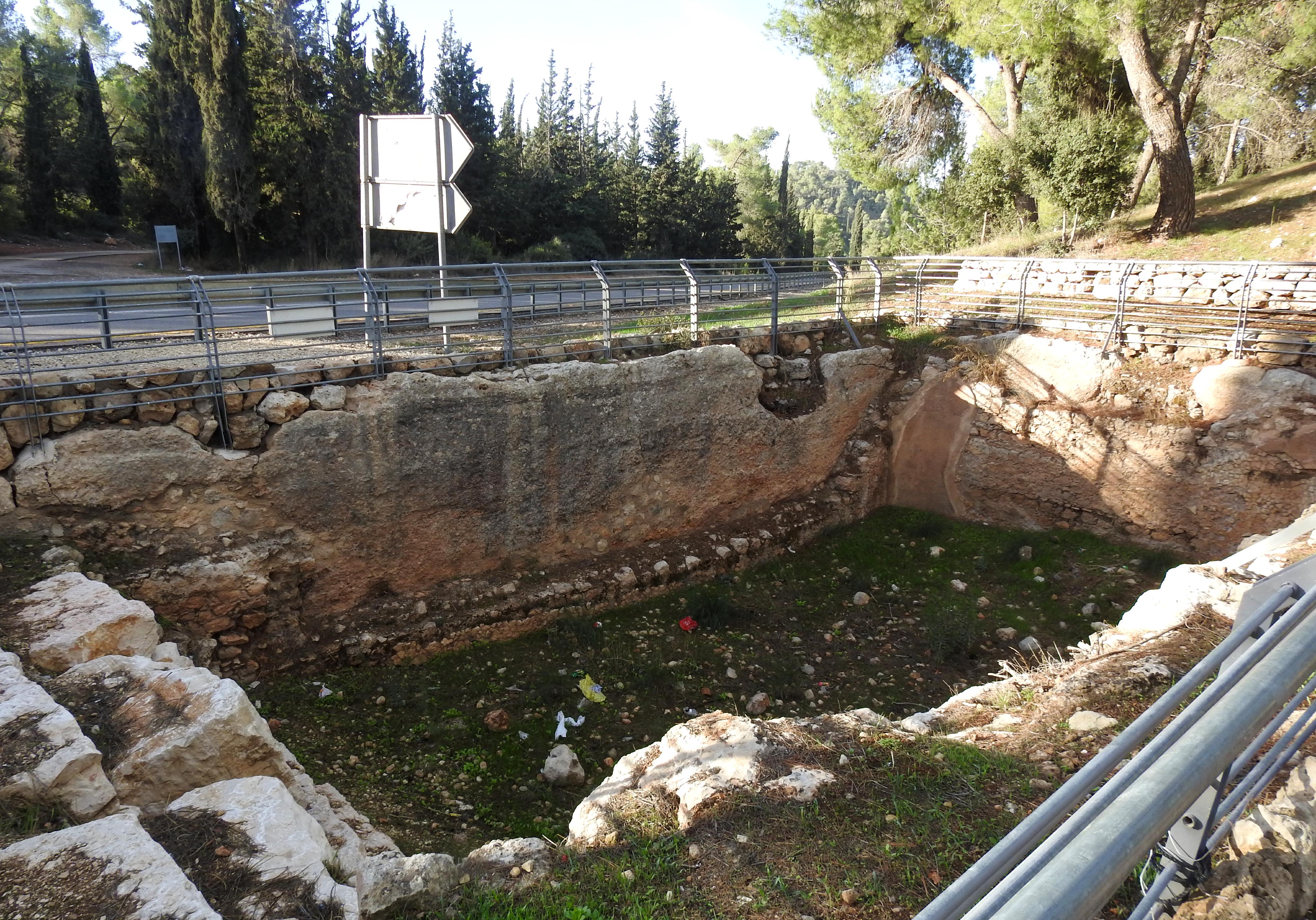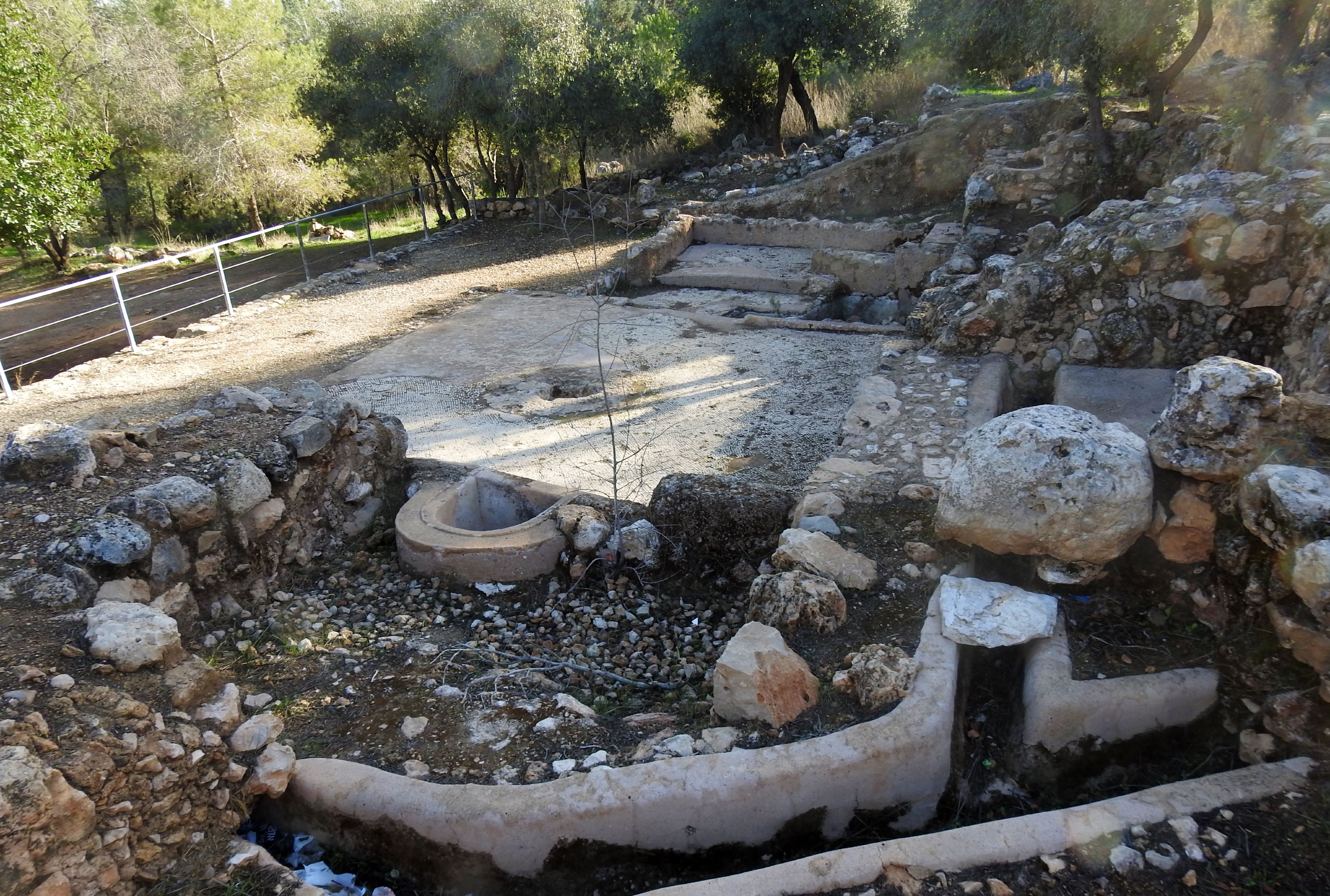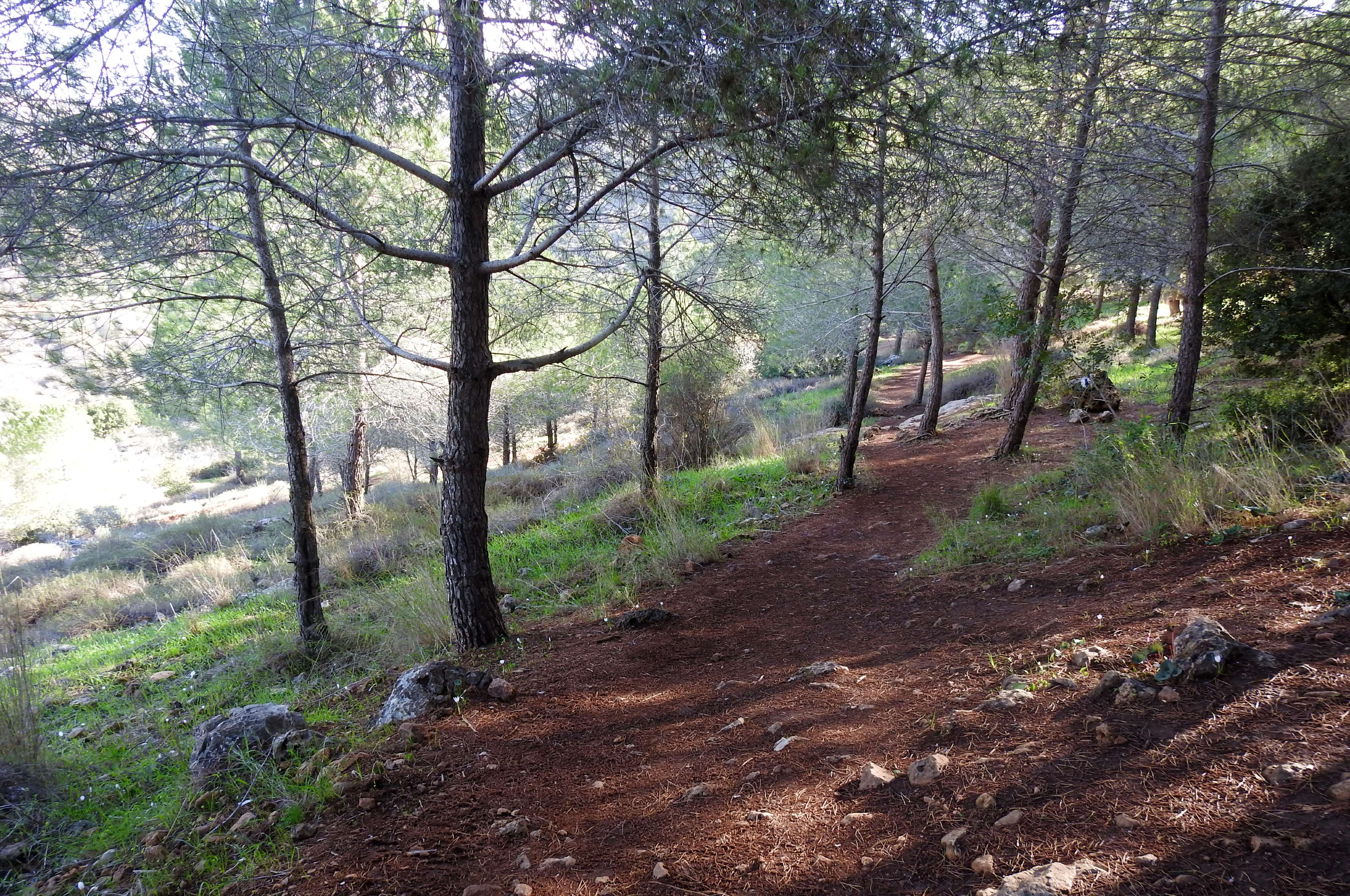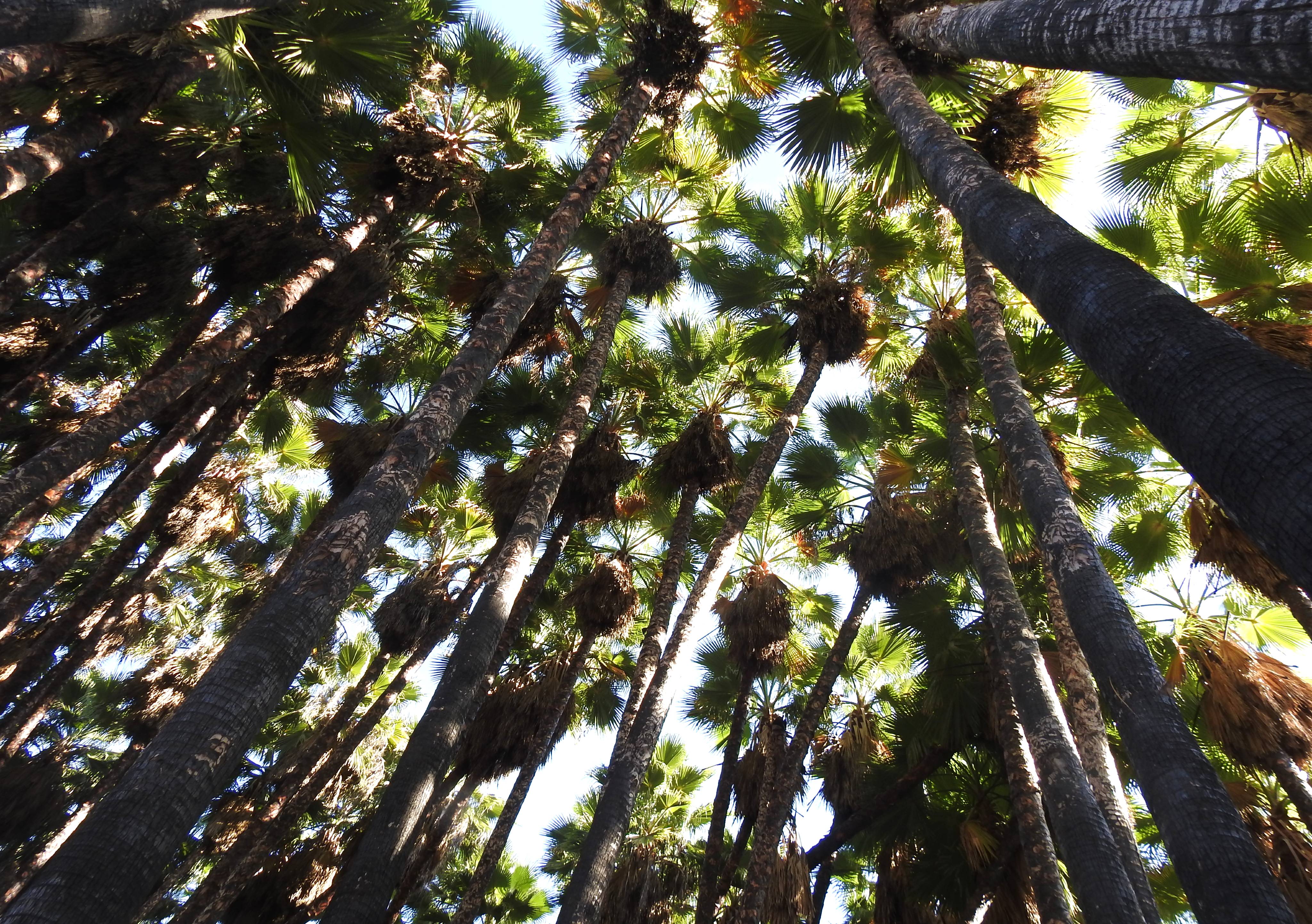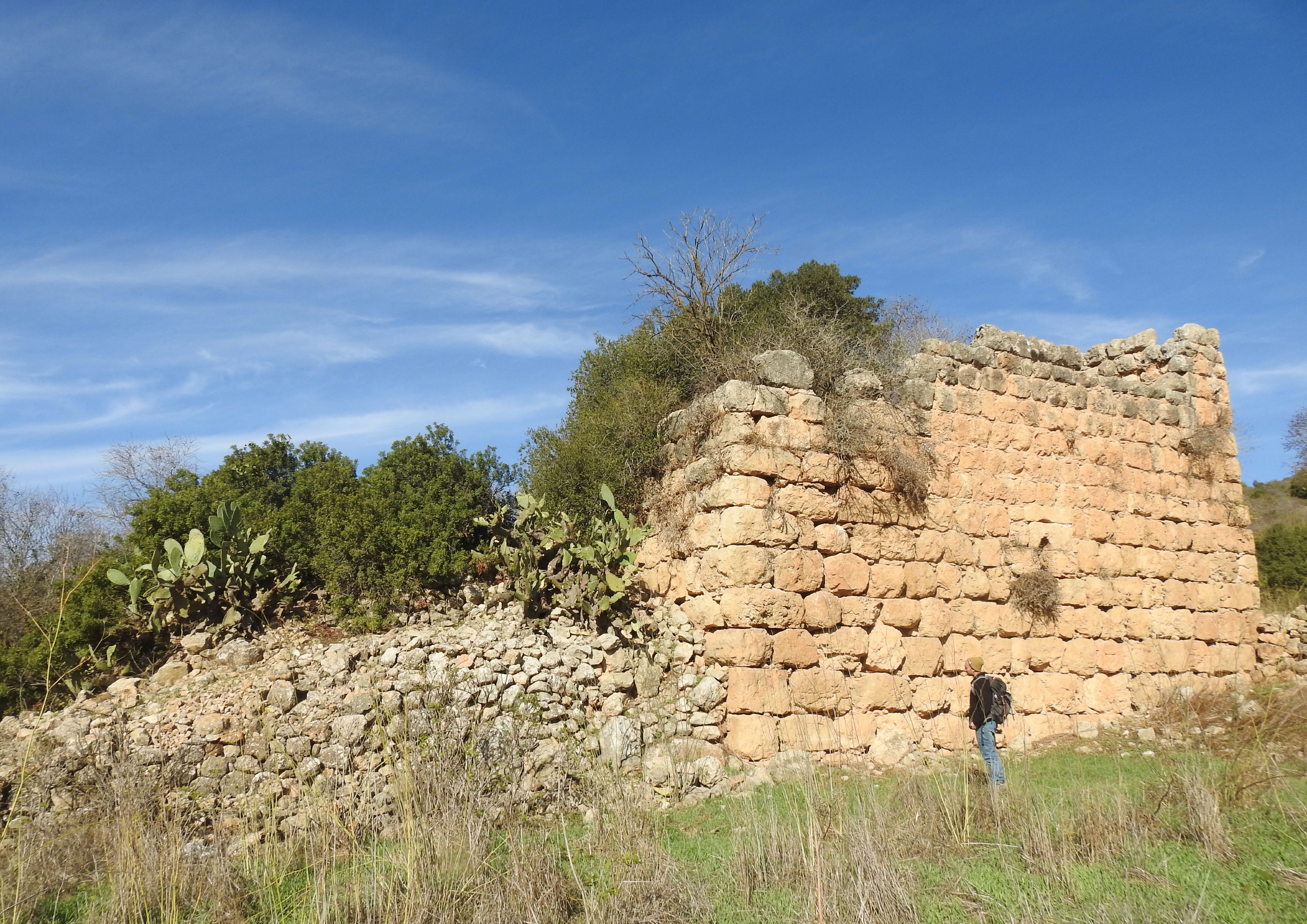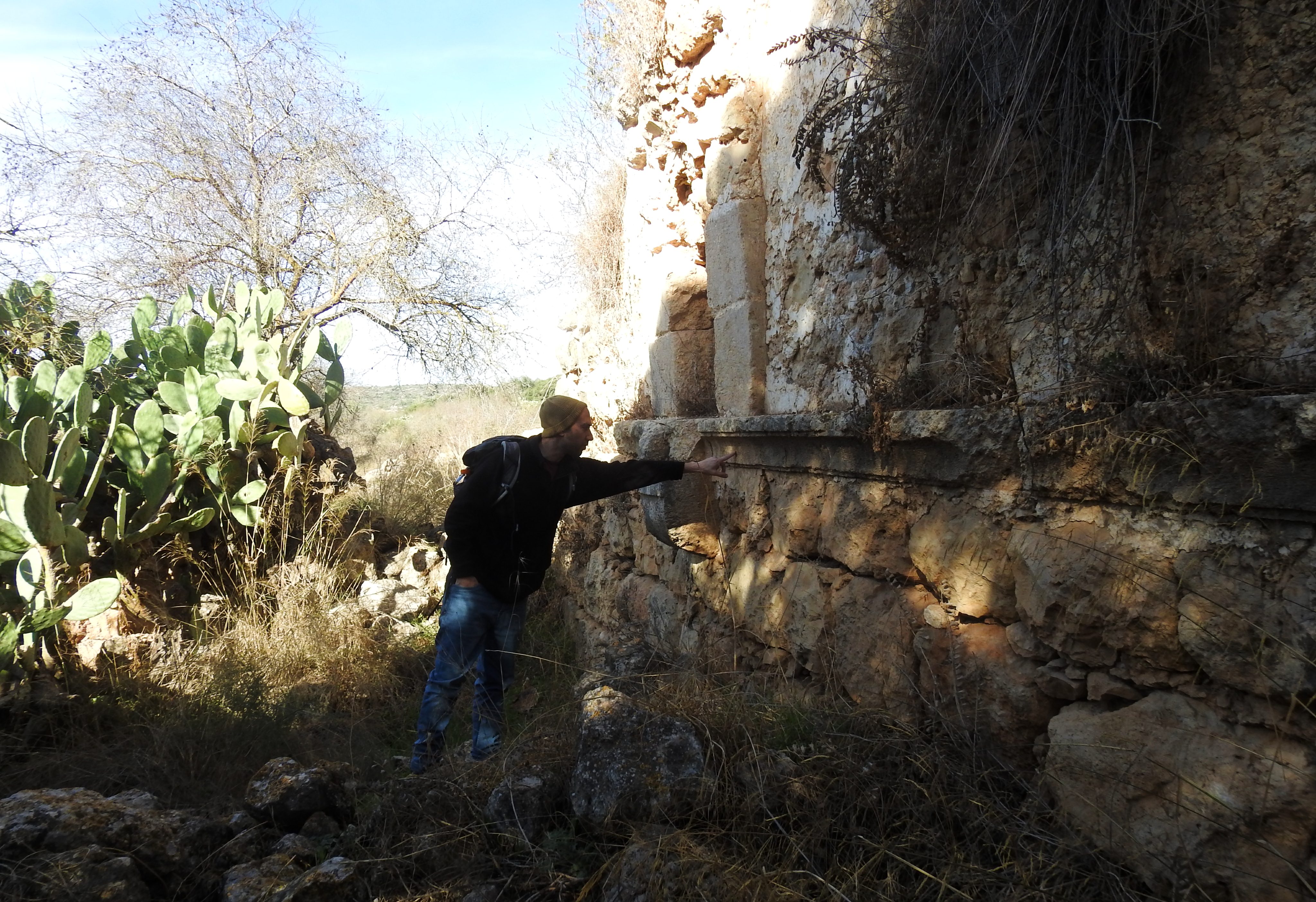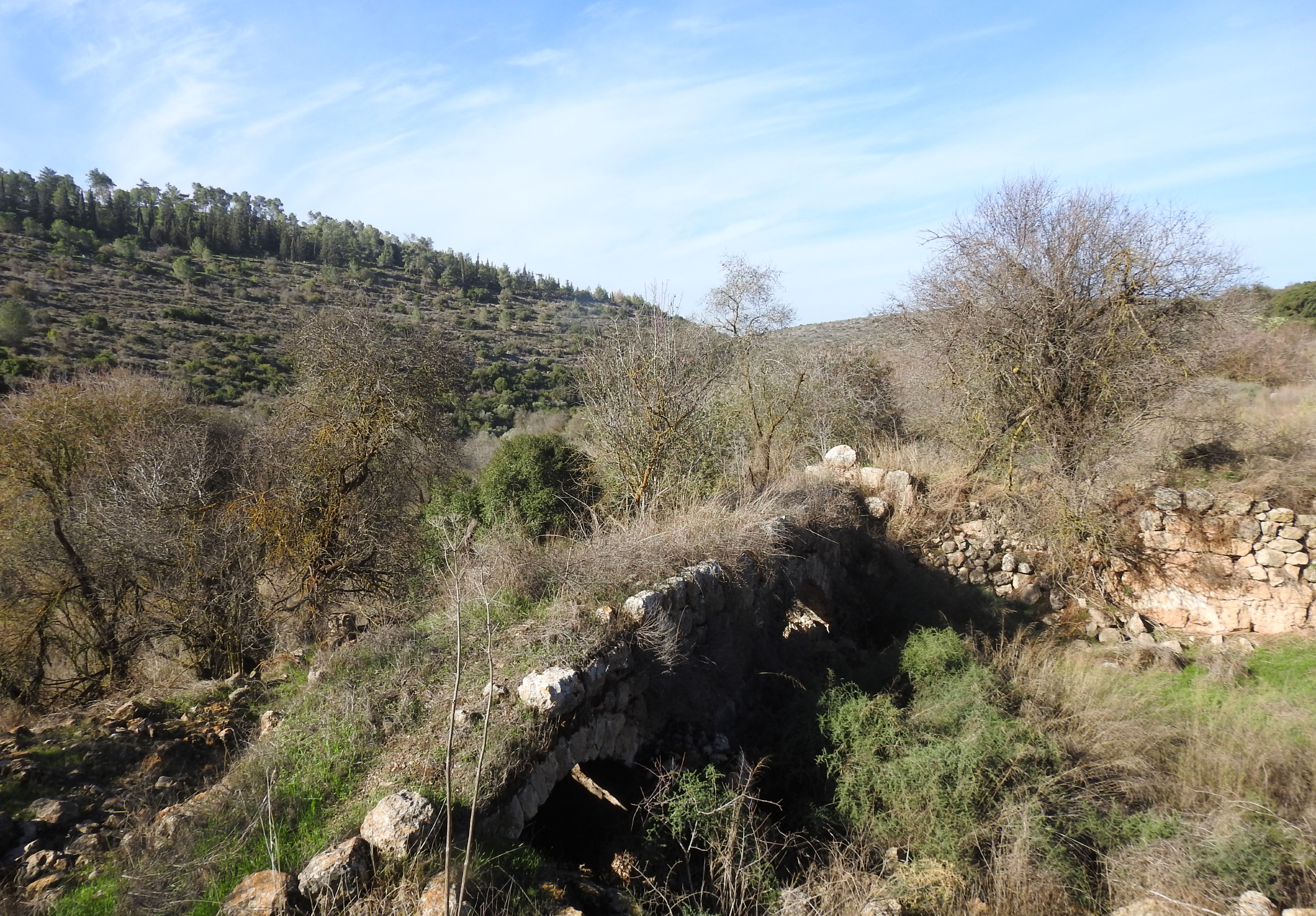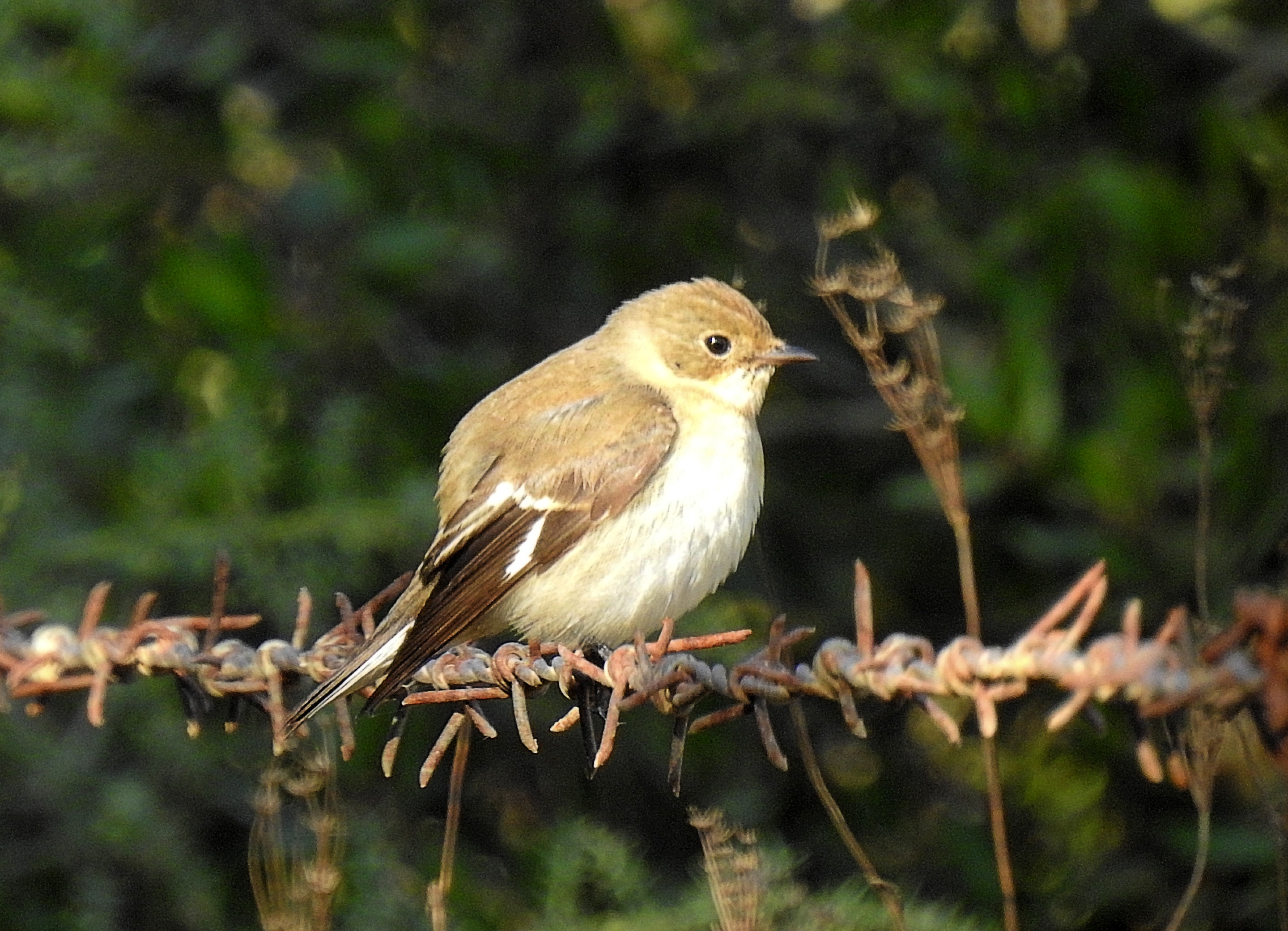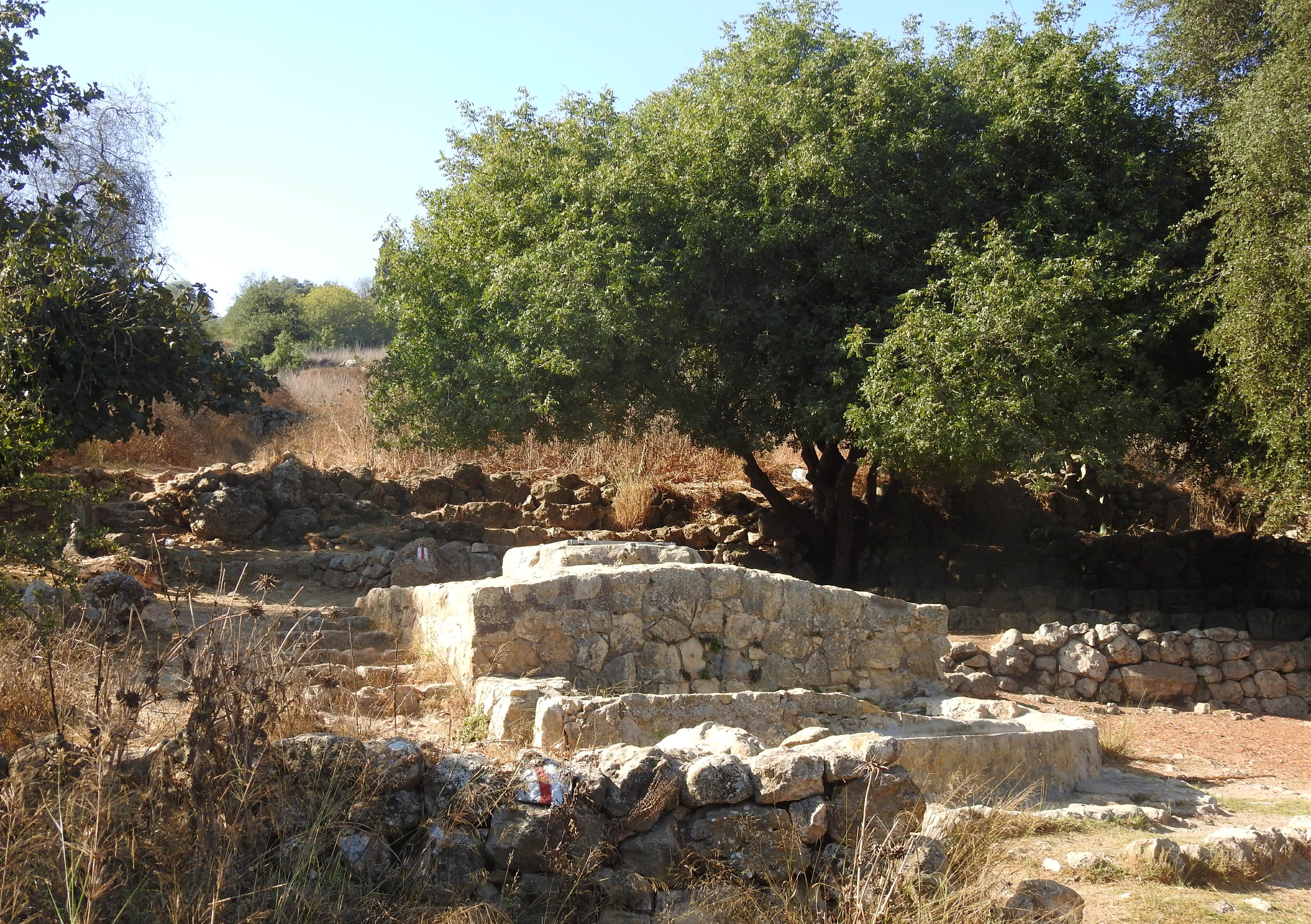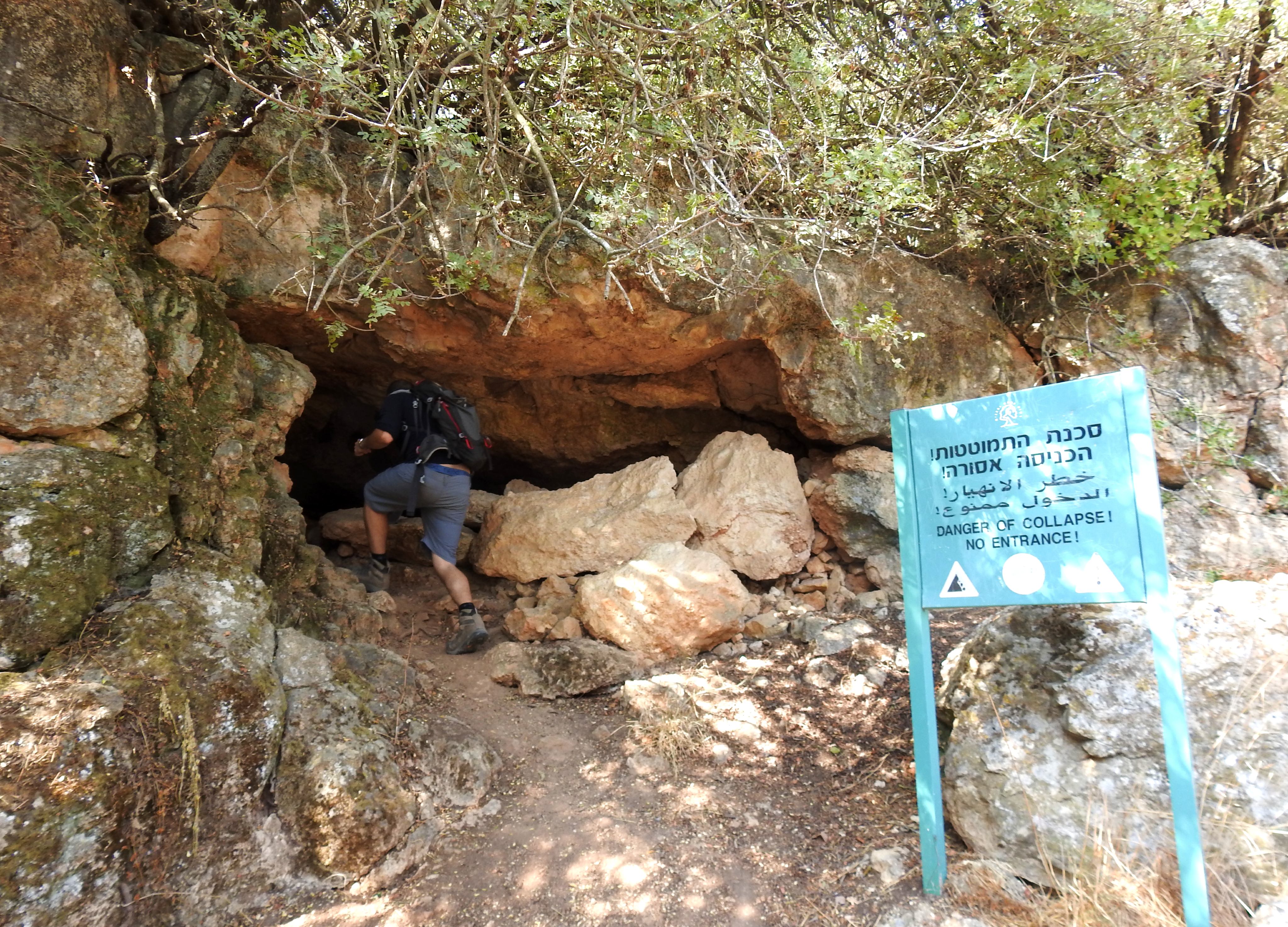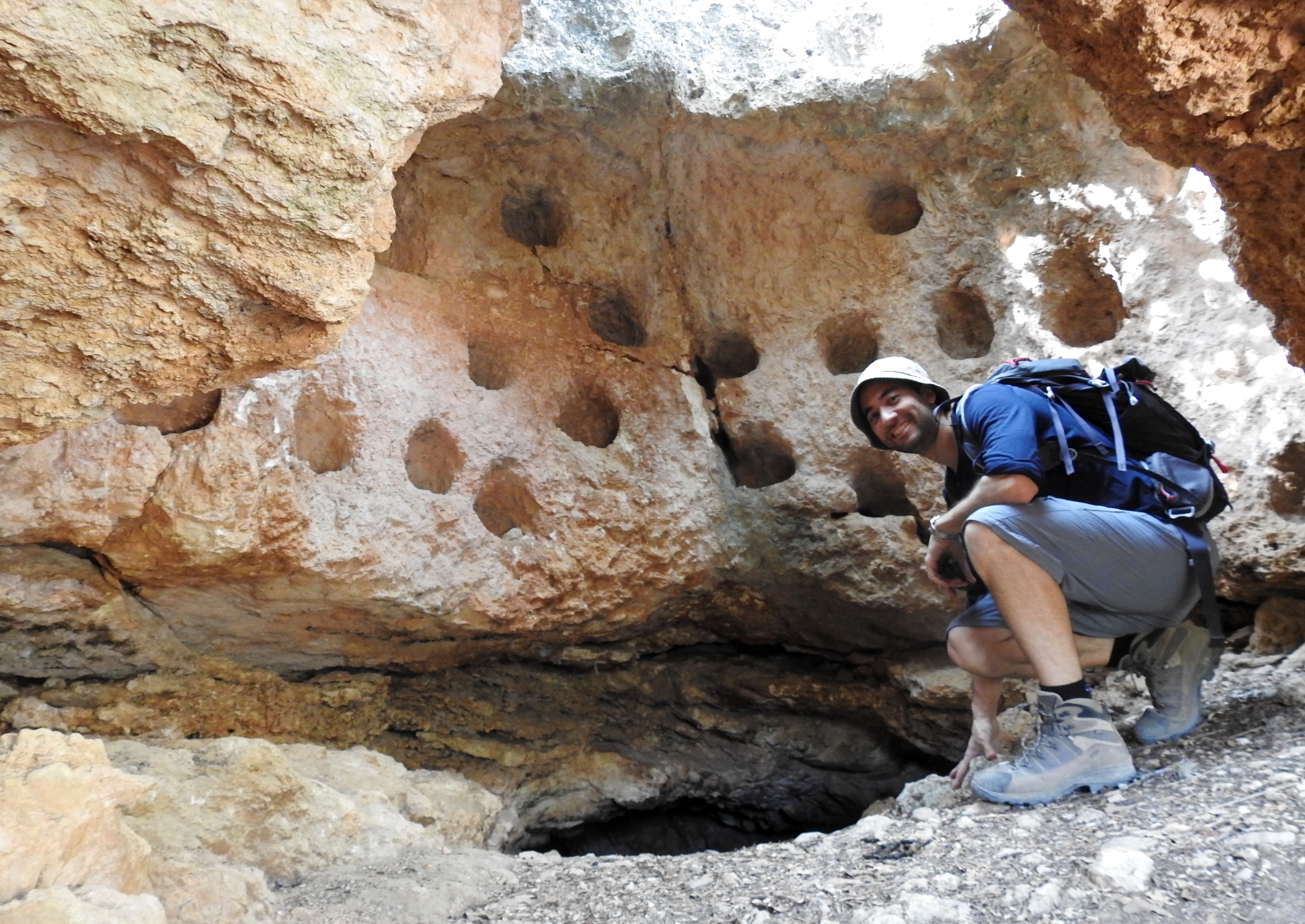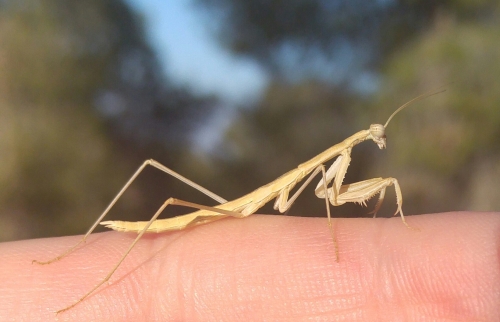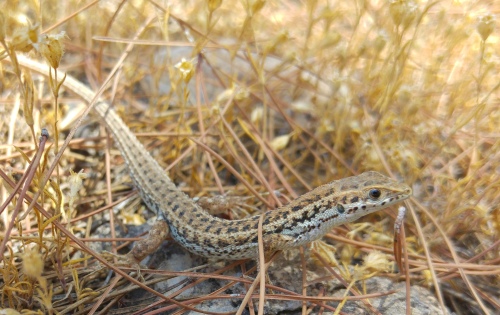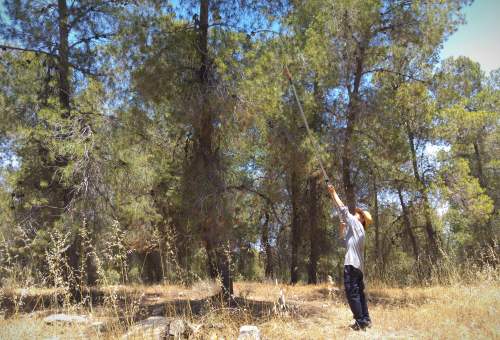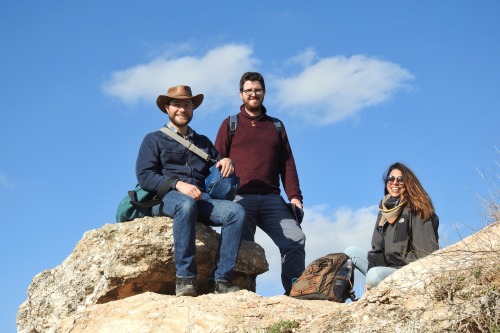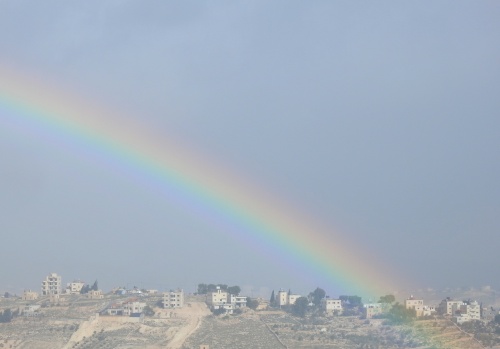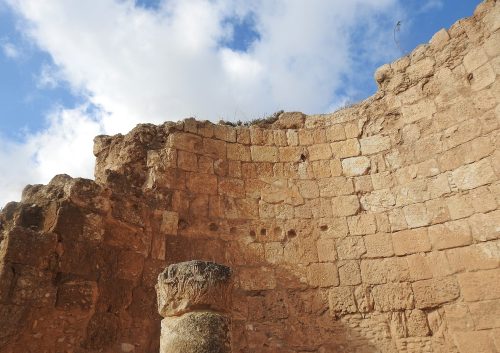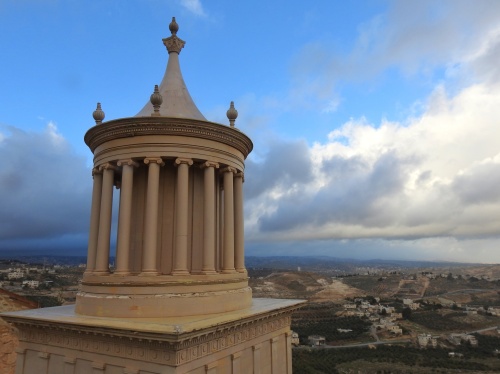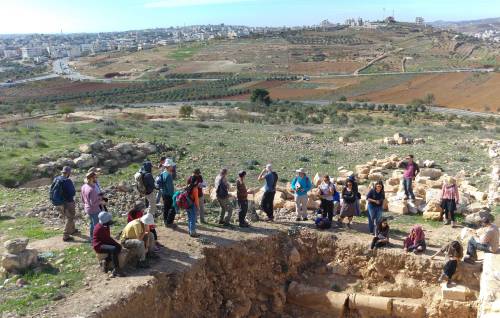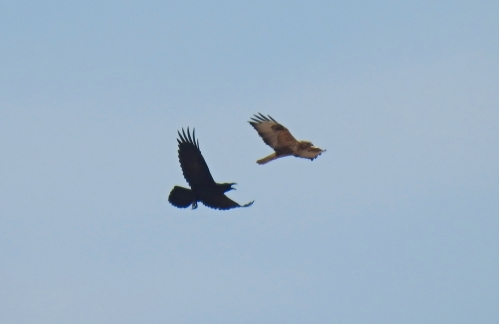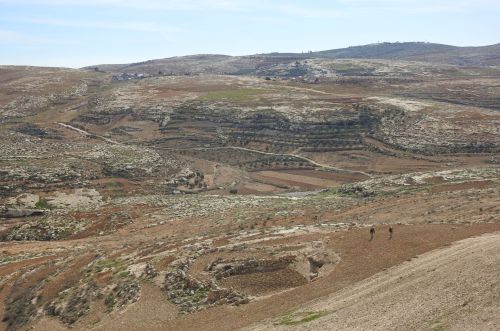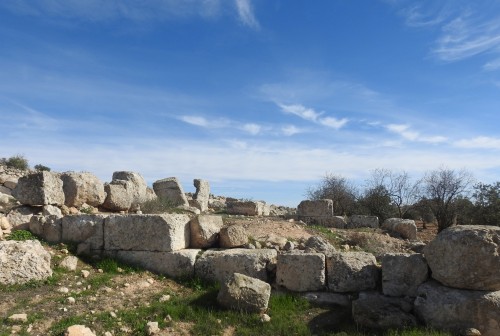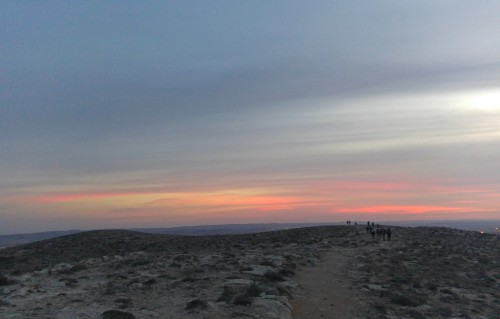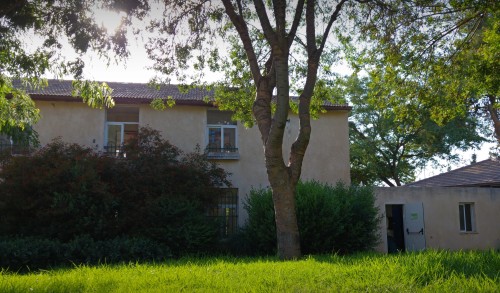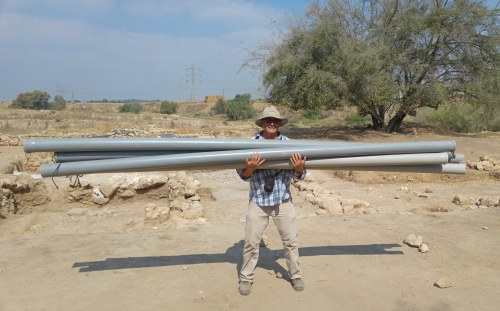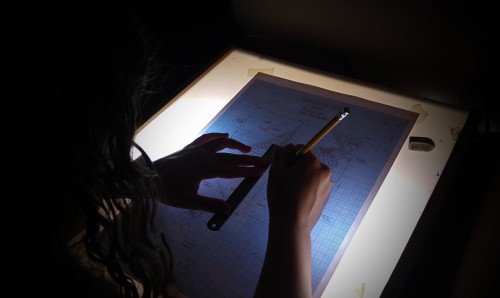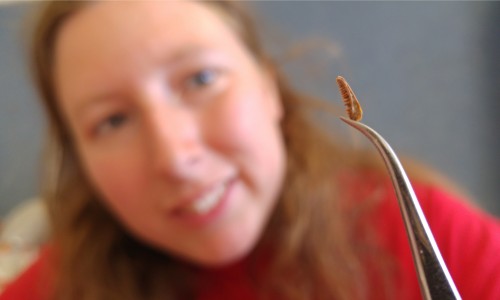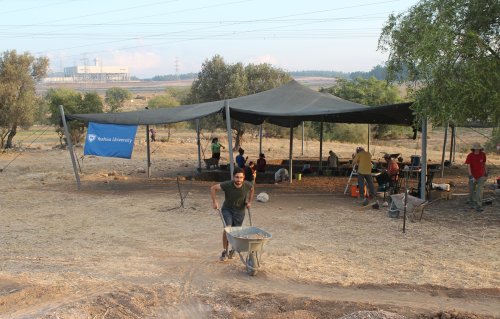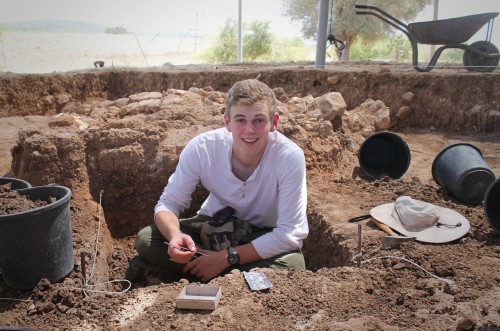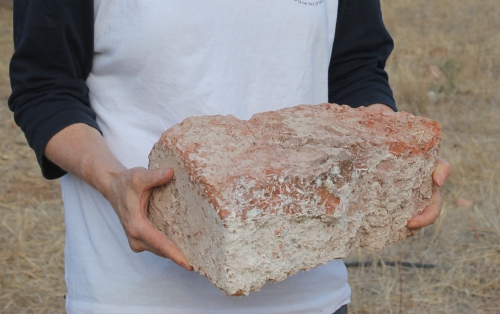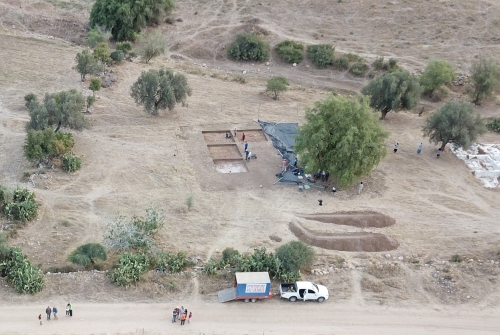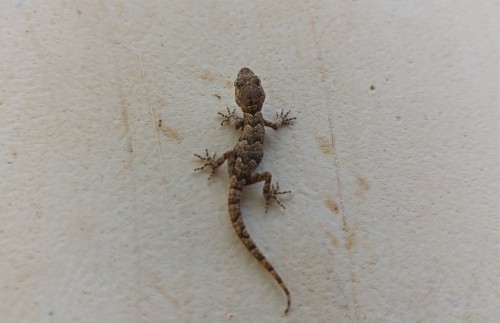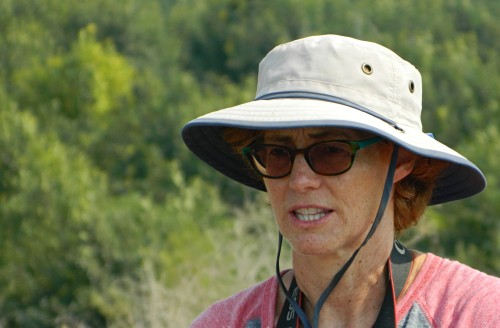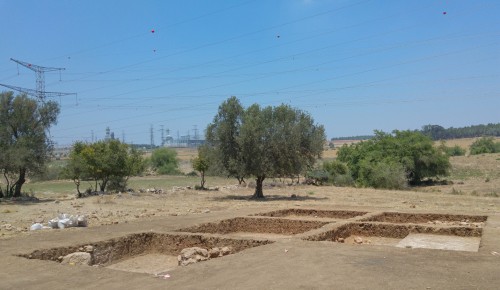Mere days after my interestingly scheduled ecological fieldwork trip to Yatir Forest with my friend Levi Burrows, I took part in another departmental field trip. This semester hasn’t worked out so well for me in regards to field trips; life can just be so busy even without gallivanting around in the wilderness. However, when a night trip to the famed Nizzana Dunes presented itself, I signed up with great anticipation.
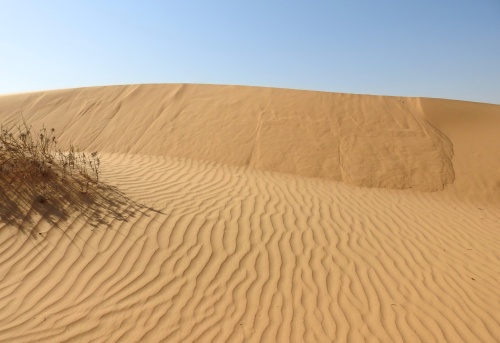
Beautiful sandscape of the famed Nizzana Dunes
Guided by Dr Moshe Natan, who led many of the university trips featured in this blog last year, the trip was one dedicated to wildlife – perfect for me. Our tour mini-bus departed from Bar Ilan University, shortly after I finished work, and off we went in the direction of the Negev desert. The first site of interest that we passed was the Ashalim solar thermal power station – a fantastic creation of mirrors that light up a tall central tower. The visual effect is quite reminiscent of Lord of the Rings, and can be seen from many tens of miles away. Marvel at this photo taken from the media room of Ashalim’s buildings:

Ashalim solar thermal power station (credit Brightsource)
Well within the Negev desert, on Road 211, we drove west towards the Israel-Egypt border until with a particular destination in mind. Moshe wanted to show us desert monitors, the largest lizards in Israel, and he had leads on a particular dunes area between Beer Milka and the border. We went a bit off-road as we traversed agricultural access roads until we reached an open area with low hills. Disembarking, we began our slow sweep of the land before us, keeping a sharp eye out for desert monitors.

Making friends with a Rivetina sp. mantis
No monitors were seen, only tracks and droppings, but we weren’t discouraged. The dunes were beautiful, the strong winds creating that rippled look on the monochromatic surface. In addition, I was excited by the large amount of praying mantises (all of the genus Rivetina) which were running helter-skelter underfoot. Finished with our pursuit of monitors, we got back into our tour bus and made our way to our purposed camping site. However, surprise surprise, there were hundreds of teenagers pouring out of buses – this group also intending on staying the night.

Our campsite
So, we made some quick changes to the grand plan and headed back to the dunes where the monitors were meant to be seen. Moshe showed us where we should set up our base camp and we commenced to pitch our tents and other necessary tasks that campers do. Getting back to wildlife, Moshe took out a collection of traps to harmlessly secure us some dune-living rodents for inspection. We spent quite a while setting up traps in the vicinity of burrow openings, baiting them with tasty and nutritious bamba.

Setting out the rodent traps
Sunset came and went, leaving us in the darkness of the Negev sky, the air quickly cooling around us. It was time to embark on an exploratory tour of the dunes around us, and we were more than ready. I had recently purchased a powerful new flashlight, with intents on making all nighttime exploring easier. We set out, keeping an eye out for distinguishing tracks to help us locate our quarry. My target was anything I could find in the suborder Serpentes – snakes!

Sunset over Egypt
Believe it or not, just walking along the sandy trail, flicking my flashlight’s powerful beam hither and thither, I found my first snake of the night. I almost couldn’t comprehend what my eyes were showing me, and I was nervous that it’d slither off into the unknown before proper attention was given. I called out loudly, telling the group to come over quick. It was a crowned leafnose snake, less than a foot long and completely harmless.

Crowned leafnose snake
We spent a long time with the crowned leafnose snake, taking photos and talking about its distinct tracks. Excited as we were to see this snake, we knew that there was more to be seen, and continued our exploring.

Holding the crowned leafnose snake
We climbed a large, vegetation-free dune and caught sight of the even more distinct tracks of a horned desert viper. Long hooked lines carved out of the sand, showing the direction the snake was traveling. We followed suit, and tracked it a hundred or so metres until suddenly we saw it.
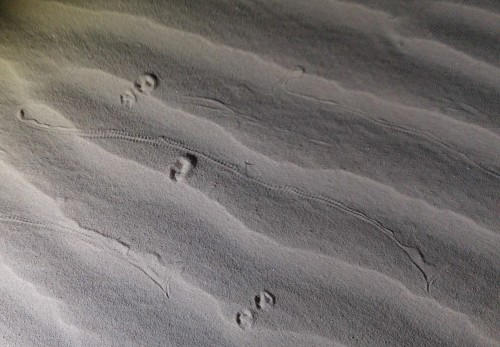
Following the tracks
Bigger than the previous snake, this viper is venomous and couldn’t be approached the same way. With caution, we edged closer and Moshe unloaded a great amount of pertinent information.

Horned desert viper coming my way
Eventually the serpent decided to move on, and so we followed it back up the dune from whence it came. Atop the dune it decided to settle down, and burrow itself in the sand.

Up close to the horned desert viper
As we watched its rippling body shimmy itself into the sand, we heard a loud clicking noise and I spotted something running towards us from out of the darkness.

Reaction shot to the camel spider attack
Quite literally like a scene out of a horror movie, a large camel spider was running at us at top speed, flailing its long pedipalps and clicking its fearsome teeth at us. It was quite alarming, even if the creature is “only” the size of a large adult human hand. We scattered, avoiding the devilish arachnid as it raced around underfoot threatening to slash us with its powerful jaws (see close-up HERE).

Camel spider
We relocated, leaving the horned desert viper and eventually losing the restless camel spider as well. The next item of interest was a large female lobed agriope spider, quite impressive both in size and appearance. I had already seen one of these on a trip to the fields near the fortress of Mirabel (see blog post HERE and photo HERE), so I felt the need to continue exploring.

Lobed agriope spider
Not far away, I spotted something small moving – a dune gecko. I called the group over, let them take over, and then continued exploring. Over the next little while all we saw were repeats: camel spiders and dune geckos. Incidentally, those two are predator and prey, respectively. Then something exciting happened: The few individuals taking the lead caught sight of a small rodent dashing about in the sparse vegetation. We circled the area and closed in, eventually finding the cute lil’ fella hiding out in an abandoned burrow.
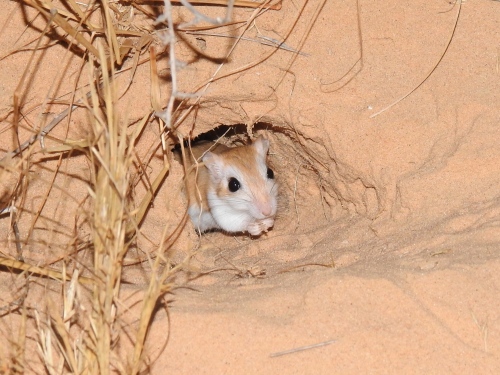
Gerbil hiding in a burrow
What we had found was a gerbil of sorts, unidentifiable without getting a closer look at the footbeds which would require capture. Leaving the gerbil to his business, we carried on with our roving search. A pair of eyes watched us from a nearby dune – a curious Arabian red fox – yet refused to be approached. With all these impressive finds under our figurative belts, we had yet to see a scorpion, so the UV flashlight was taken out. No matter how purple-blue the ground below us looked under the illumination, there was no scorpion to be found, just more camel spiders.

Ultraviolet camel spider blur
However, we did find another four crowned leafnose snakes, as well as some more dune geckos. Walking and walking, we eventually decided to bring an end of our exploration and navigated ourselves back to our campsite aided by the twinkling lights on the horizon as well as the time-honoured stellar constellations.
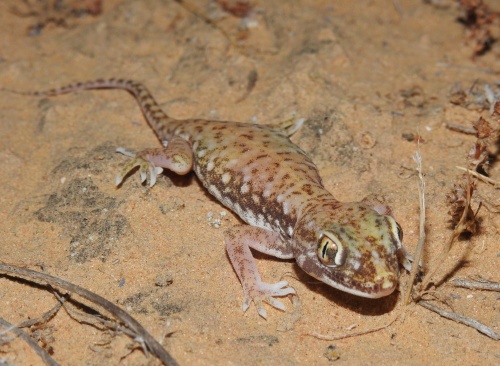
Dune gecko
Back at the campsite we took out our food and had dinner while watching a nature video brought by Moshe. I feasted on schnitzel with rice and tehina, and had the pleasure of hearing and identifying an eagle owl – which I have yet to lay eyes on. When we had all eaten our fill, people began to get ready for bed. It was about midnight and we were to wake up before dawn for another excursion.
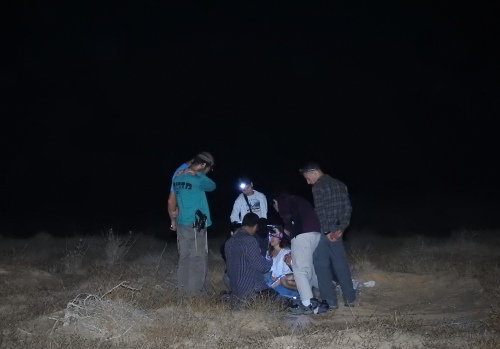
Examining a dune gecko
I had a conundrum: I had brought a sleeping bag, but with those devilish camel spiders racing about willy-nilly, I felt a little apprehensive of sleeping on the ground. I resigned to relaxing on a chair, and letting sleep’s warm embrace envelop me whenever it shall. Dressed in a fleece jacket, I was cosy and relatively comfortable perched on the chair. To make life a bit more exciting, and to perhaps ease myself to sleep, I cracked open a can of Murphy’s Irish Stout which I had brought with me.
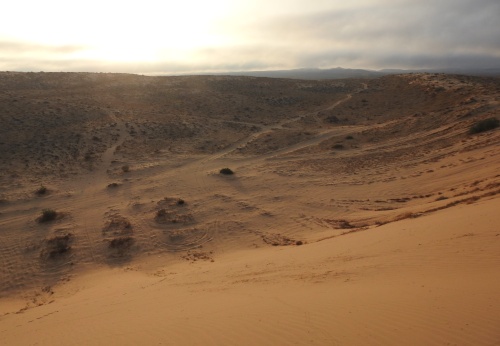
Bathed in the soft golden light of morning
I dozed on and off throughout the night, safe from the roving camel spiders (in fact, I didn’t see or hear any the whole time at the campsite). The birds began to call before first light, mostly crested larks from what I was able to identify audibly. When the sun’s light lit up the sky to the east of us I rose and explored a little, hoping to maybe see something of interest. True to my hopes, I found a male mountain gazelle grazing far off on a distant dune, oblivious to my presence.

Exploring the dunes in the early morning
The rest of our merry band of explorers joined in, and we explored the dunes under the early morning’s golden light. We found plenty of tracks, but nothing that we hadn’t seen during the night. It was rather scenic though, and the sweeping sands of the dune coupled with the partially overcast skies created a stunning pastel vista. The traps, which had been set the evening before, provided us with nothing – although one of the traps’ bamba-bait was looted by a sneaky rodent. We returned to our campsite, packed up everything and made our way to the bus that came for us. The adventure wasn’t over yet, we had a bit of a drive to the final trip destination.
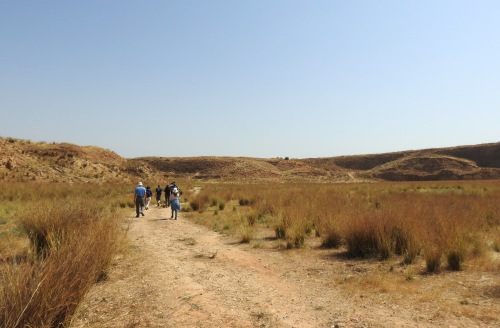
Within the old quarry basin
Driving north, and nearing Tel es-Safi, we took a slight detour in the vicinity of Moshav Nahala. Our destination was an old quarry, always a good place to find cool stuff, where we were deposited. Entering the quarry I immediately discerned a bird of prey sitting atop a short tree – a long-legged buzzard. I was excited, no doubt, but there was more to see and the open field in front of us (the basin of the quarry) was alive with the twittering of crested larks.

Little owl
Overhead I could see jackdaws and bee-eaters, but there was something far more exciting watching us from the other side of the quarry. Moshe set up his spotting scope and showed us what he had brought us there for: a little owl was sitting at the mouth of a hewn tunnel, watching us with large yellow eyes. I adore owls, and felt bent on getting a decent picture of this particular specimen.

Juvenile short-toed eagle
We walked the dirt path until we reached the perched long-legged buzzard and inevitably scared him off. To our excitement, a juvenile short-toed eagle had just perched on a nearby tree, and the rousted buzzard made it return to the air. We watched as the two birds of prey climbed the hot air thermals, all while the owl watched us. Then, if the scenario wasn’t thrilling enough as is, suddenly a male lesser kestrel came out of nowhere and started harassing the buzzard, dive-bombing it with aerial superiority.

Lesser kestrel harassing a long-legged buzzard
It was during the intensity of all these sightings, and the desperation to capture it all in photographic form, that my camera’s battery exhausted itself. I tried to revive the little black cuboid, but to no avail. It was just my misfortune that directly thereafter we had two day-time fox sightings, as well as a handful of other great photographic opportunities. Alas, there was nothing I could do, so I took a photograph of myself in the fly-filled heat and just enjoyed the outing for what it was.

Quarry selfie
It wasn’t long before we climbed back into the bus and made our way back to Bar Ilan University, bringing to an end one of the most enjoyable departmental field trips I’ve ever been on. Hopefully I’ll be able to attend next year’s dune trip as well, but in the meantime I have the more centrally-located dunes of Holon and Rishon LeZion to explore.
